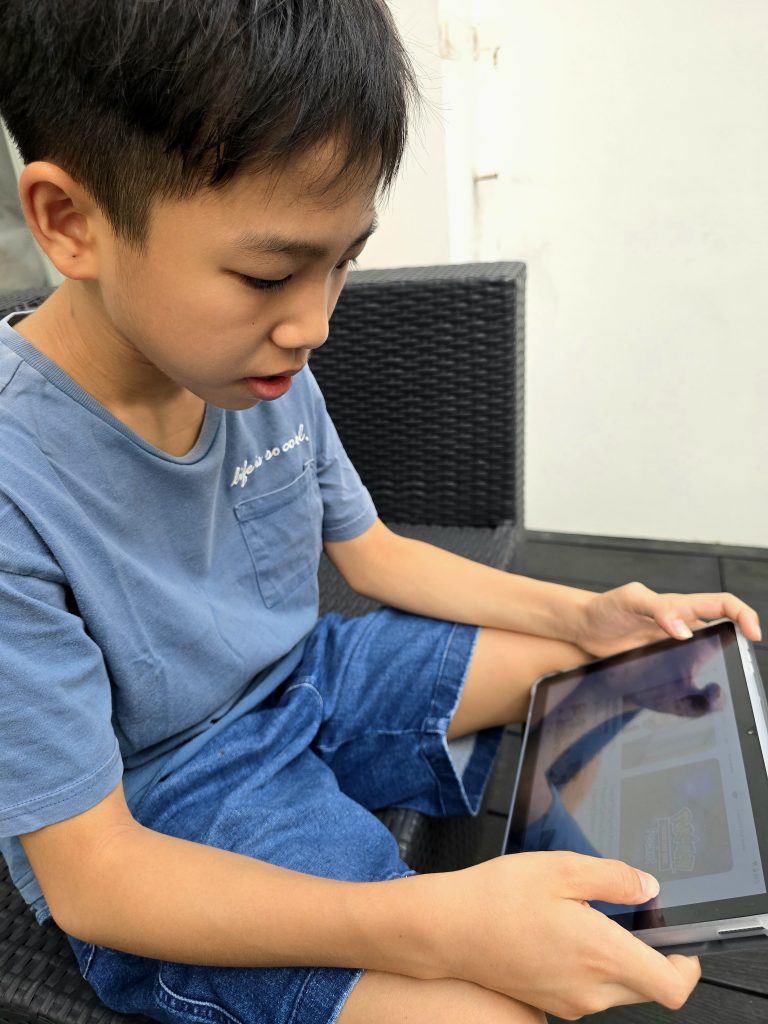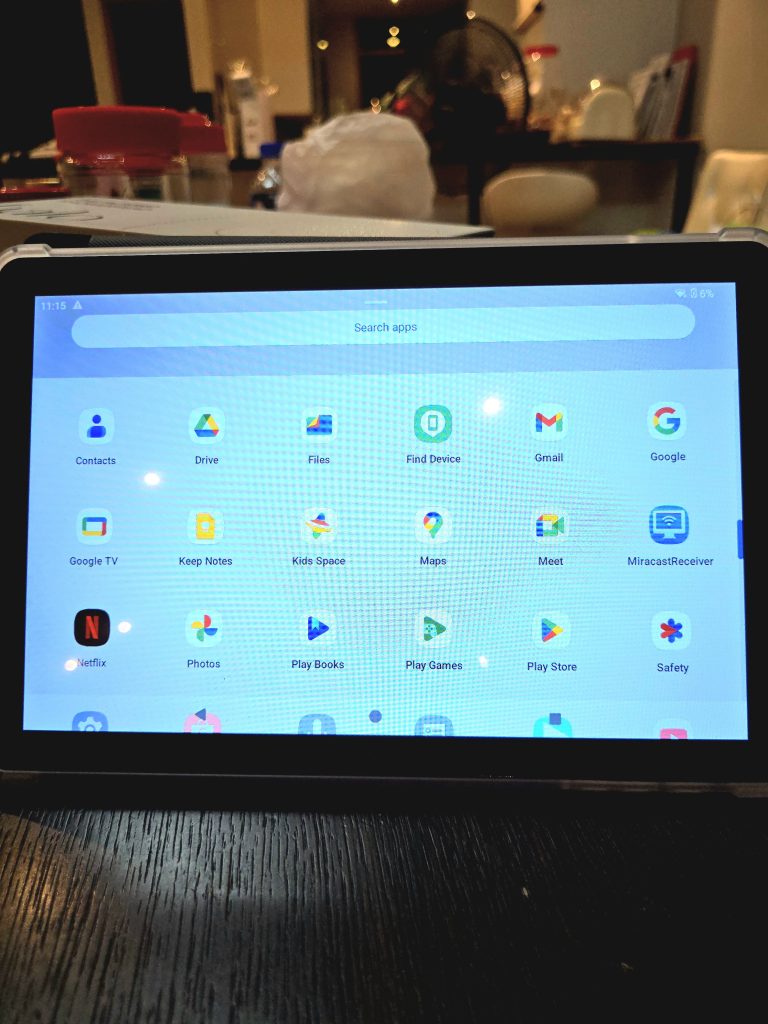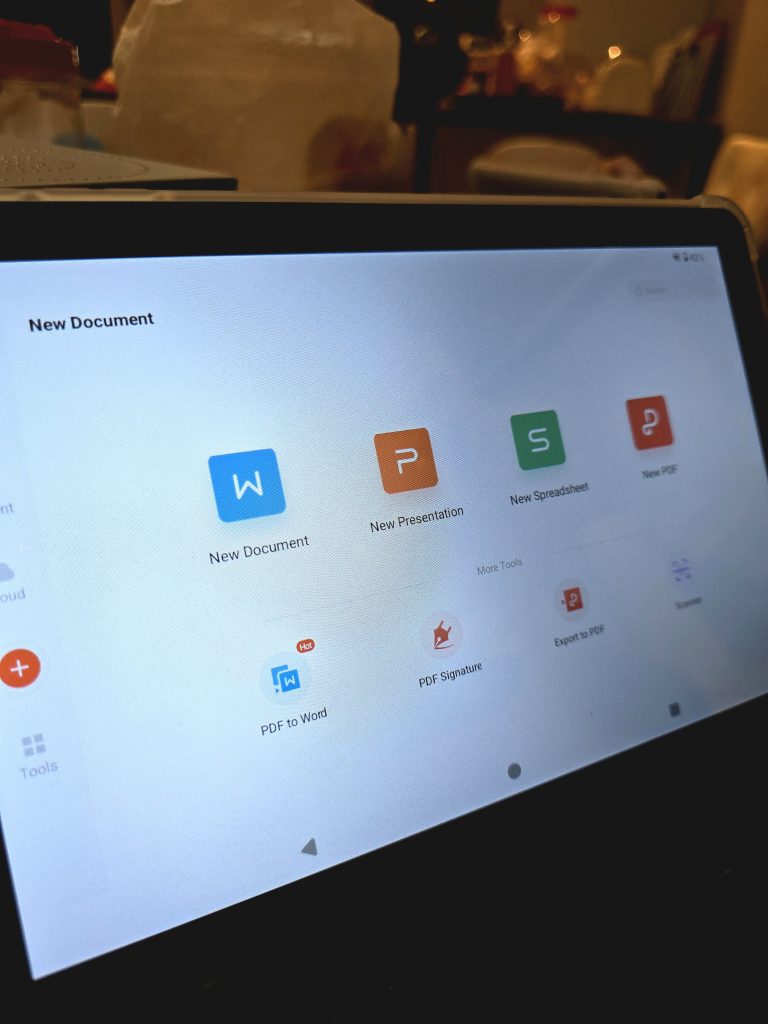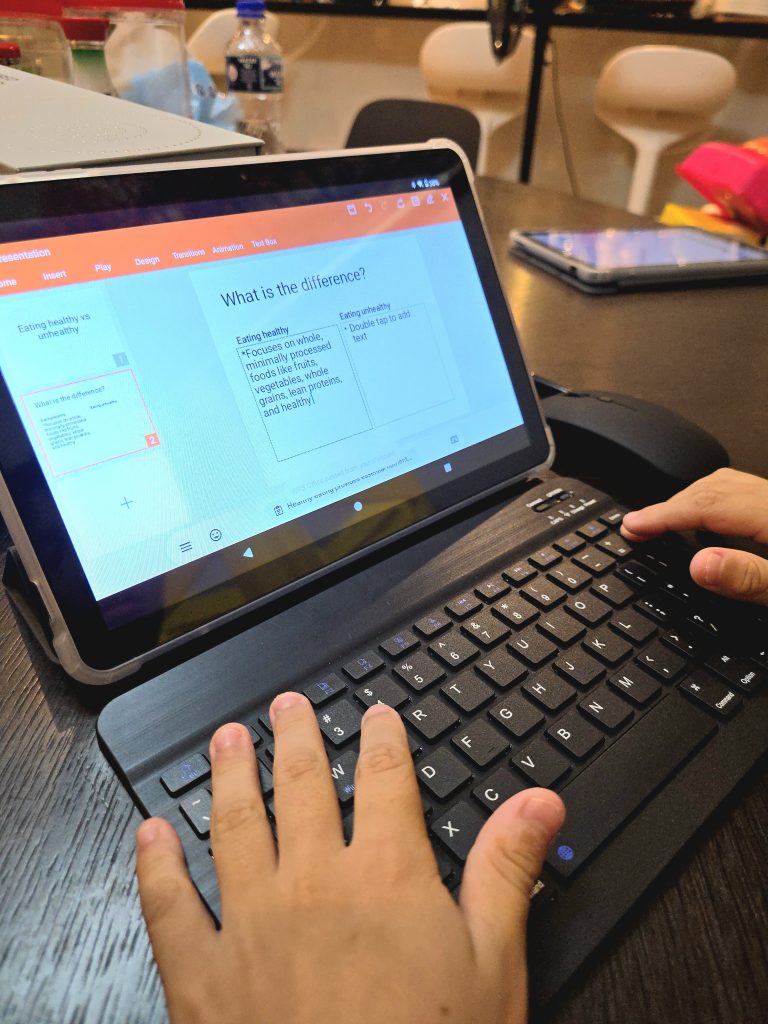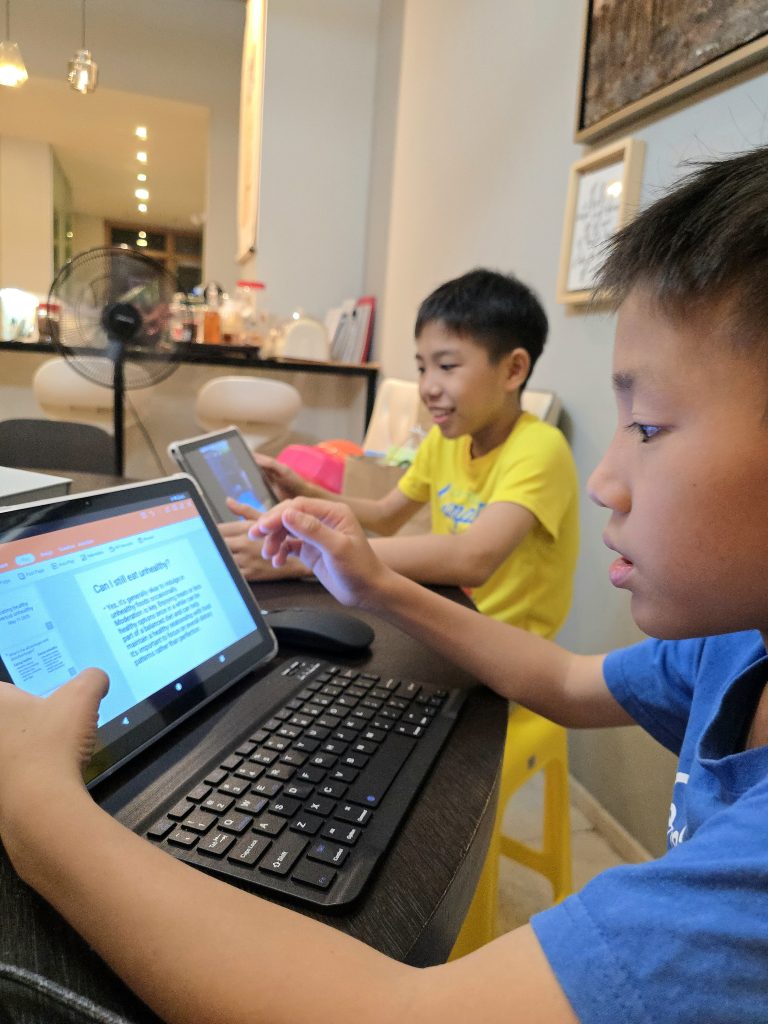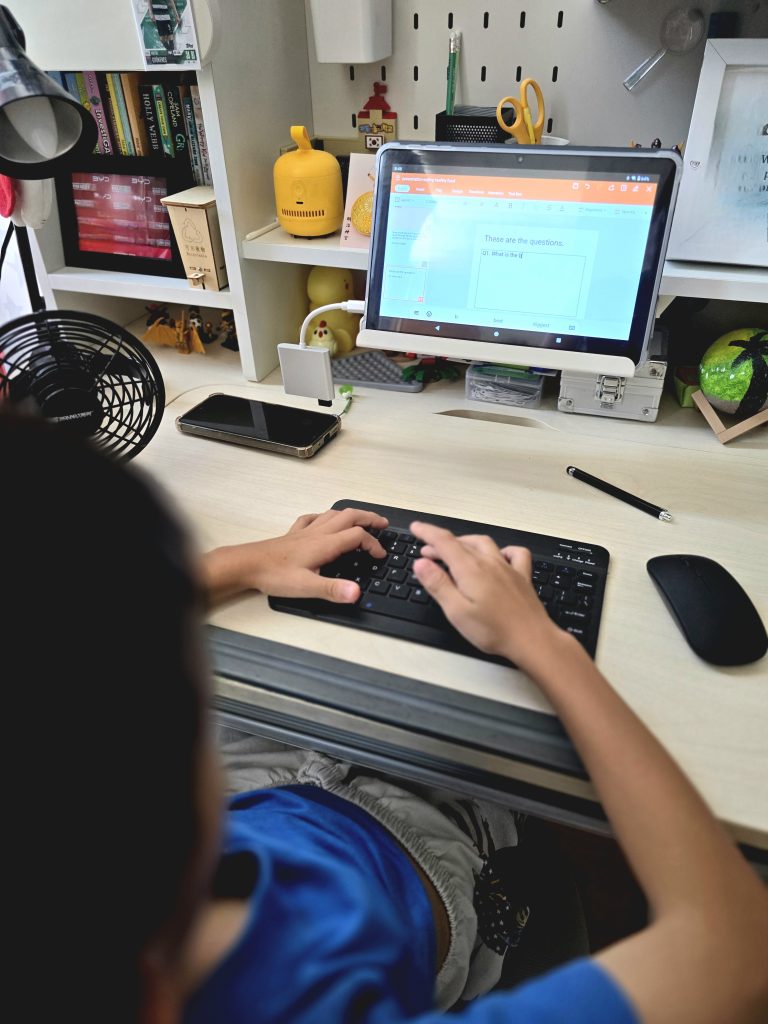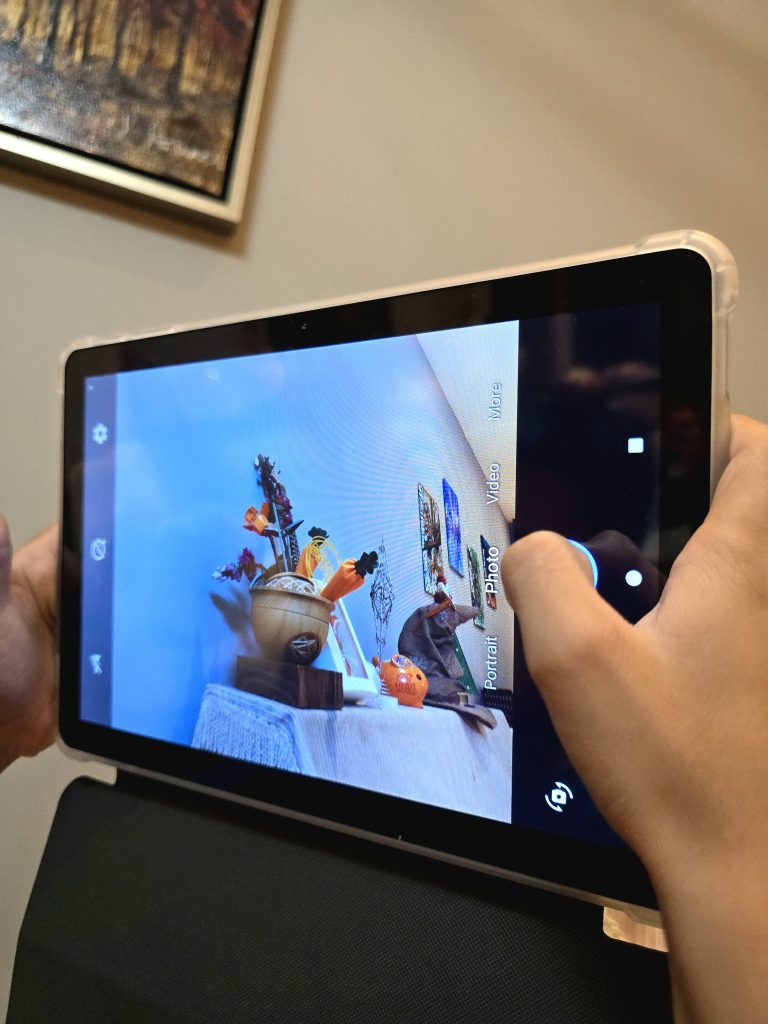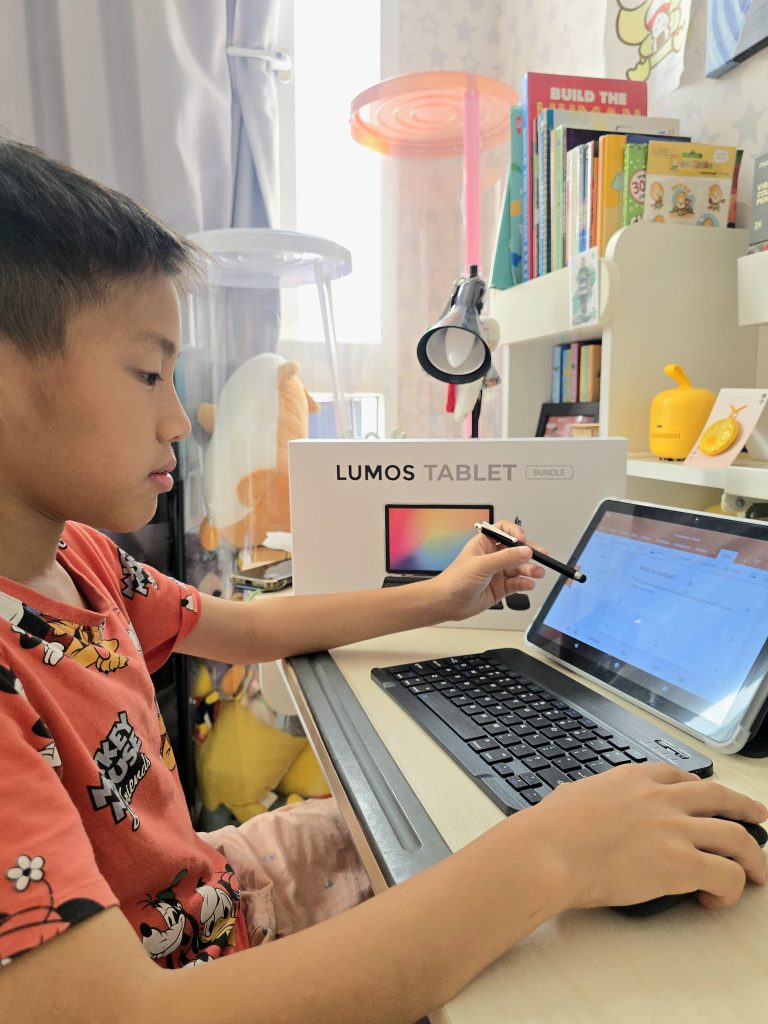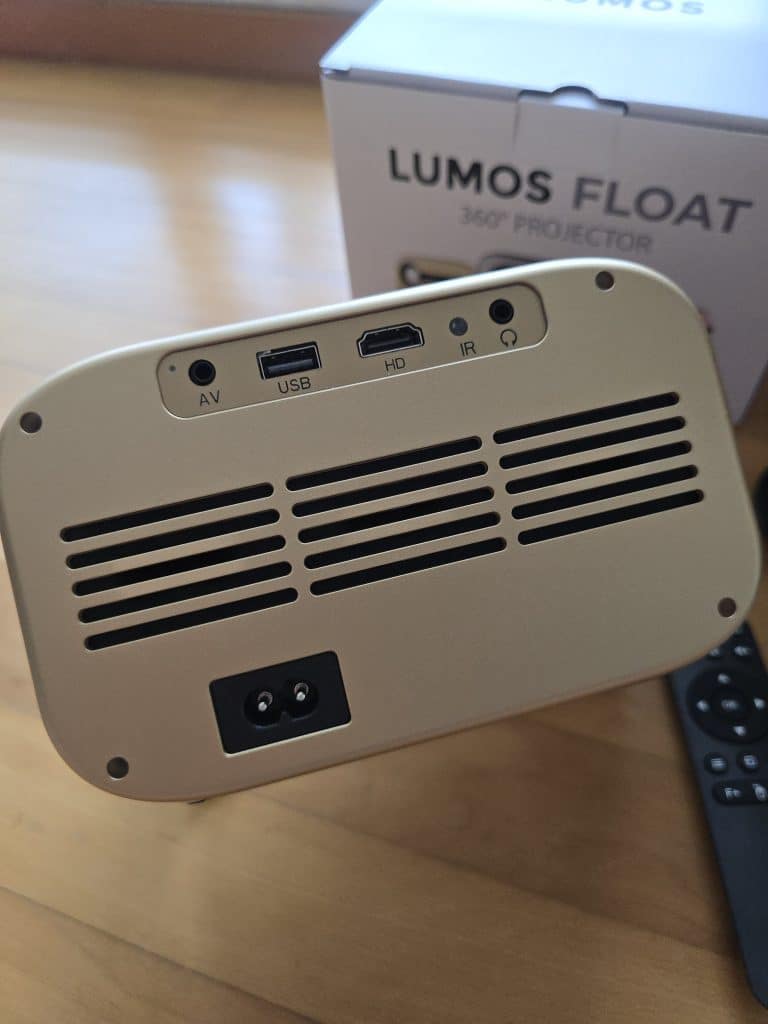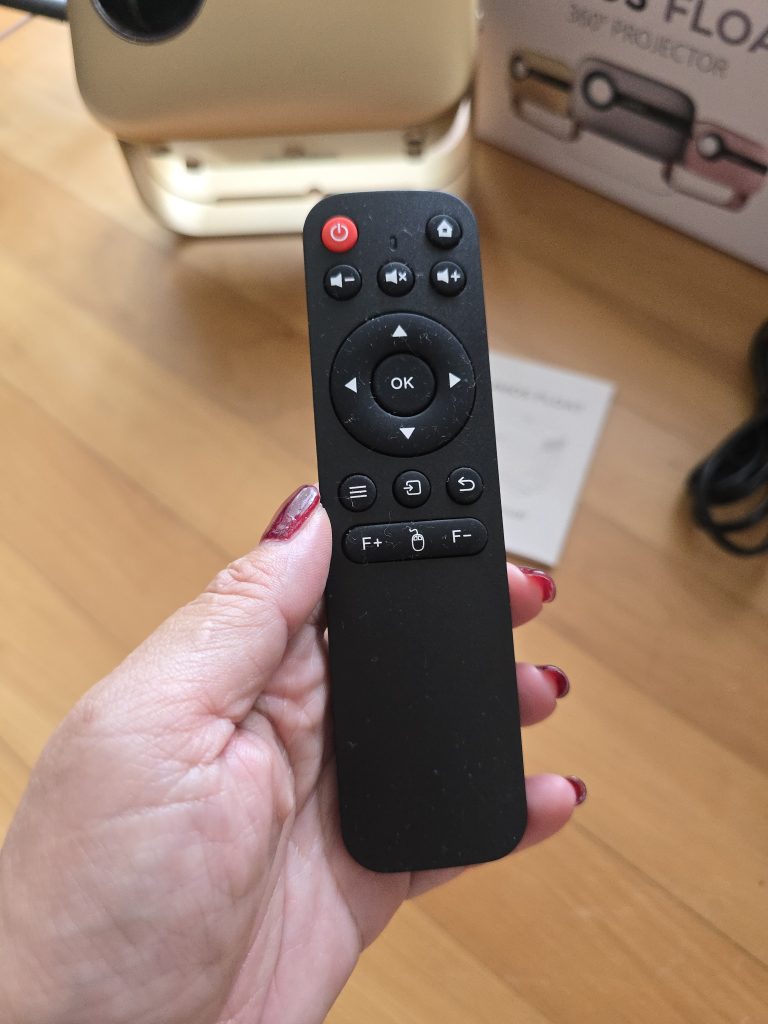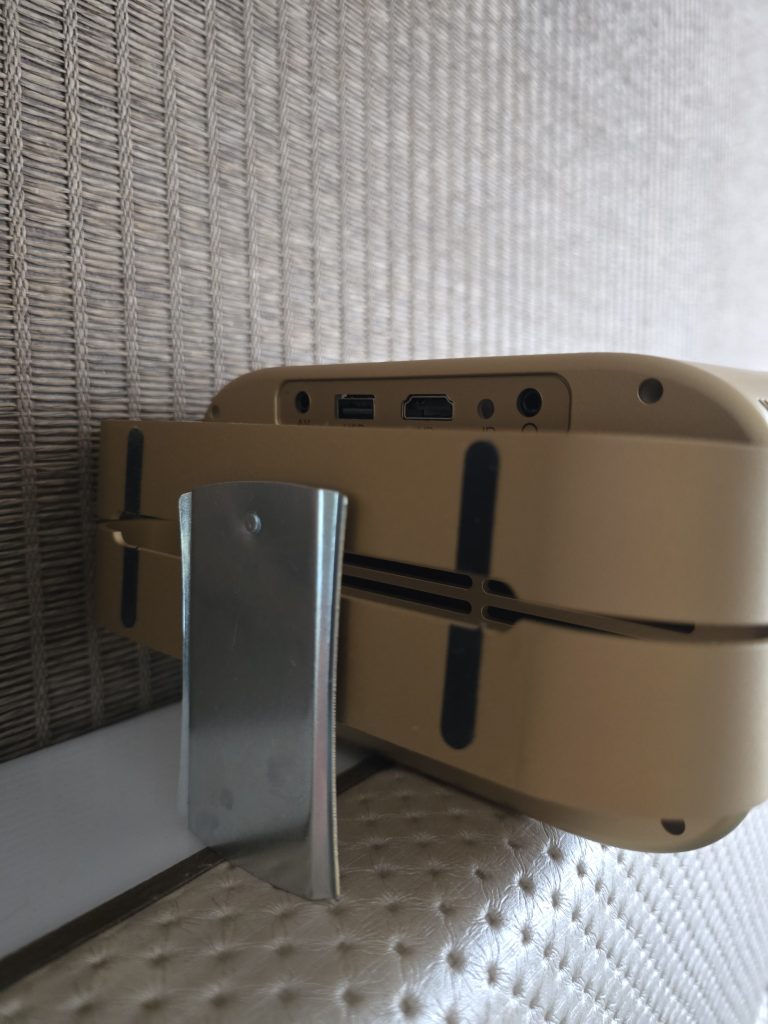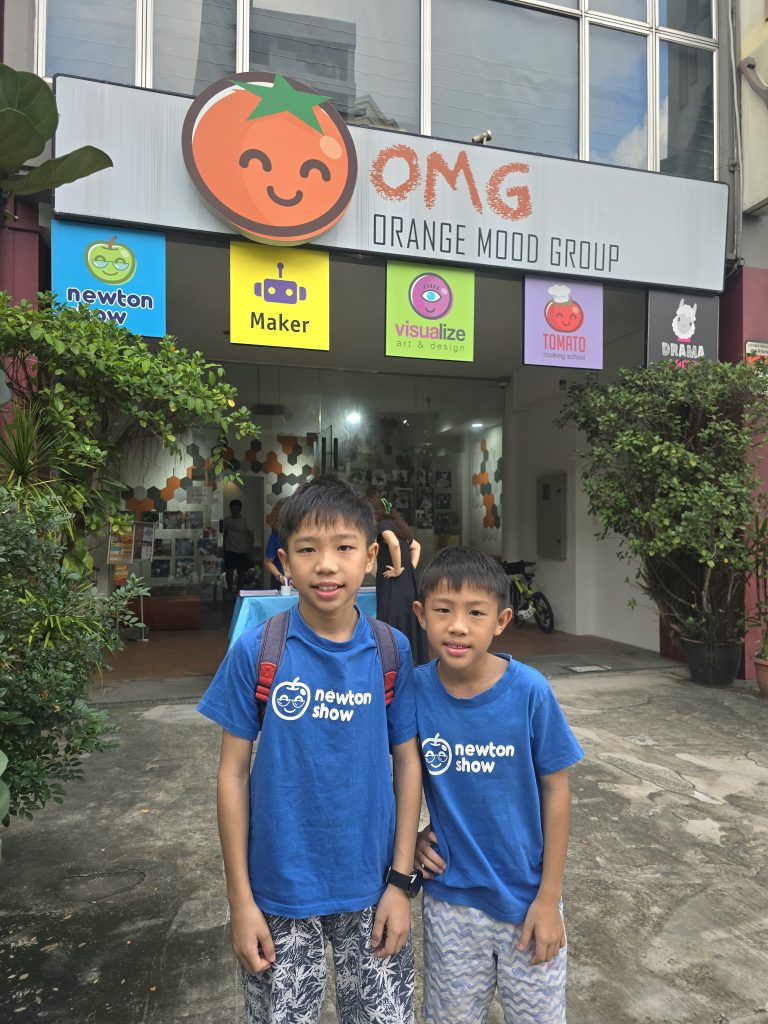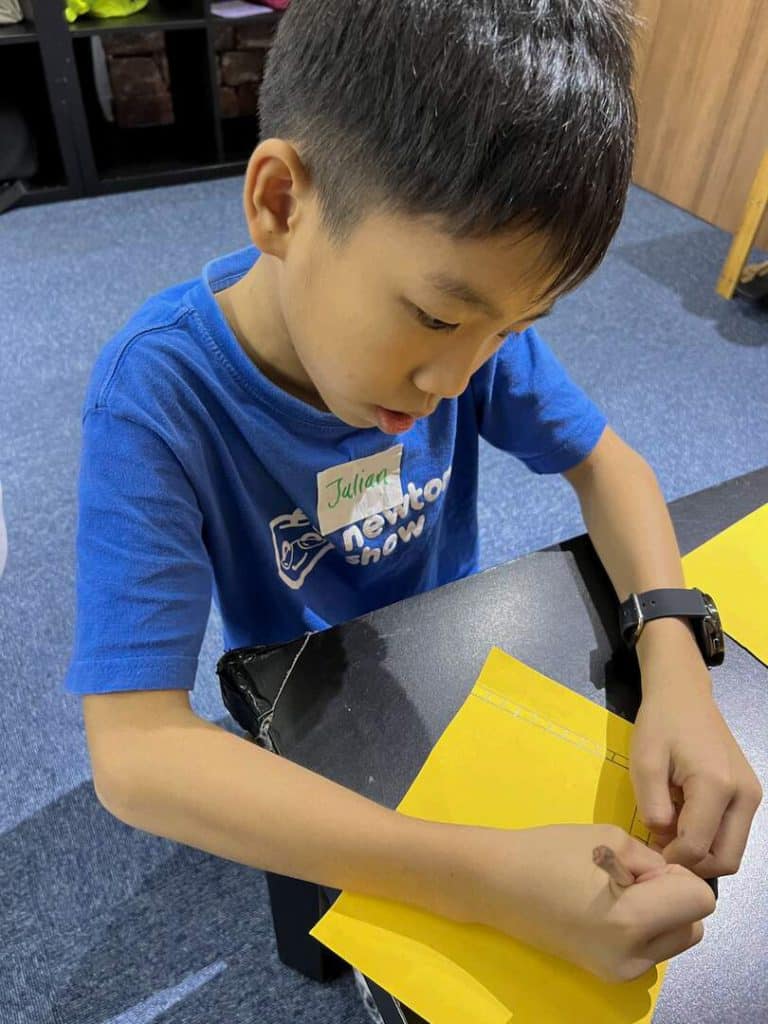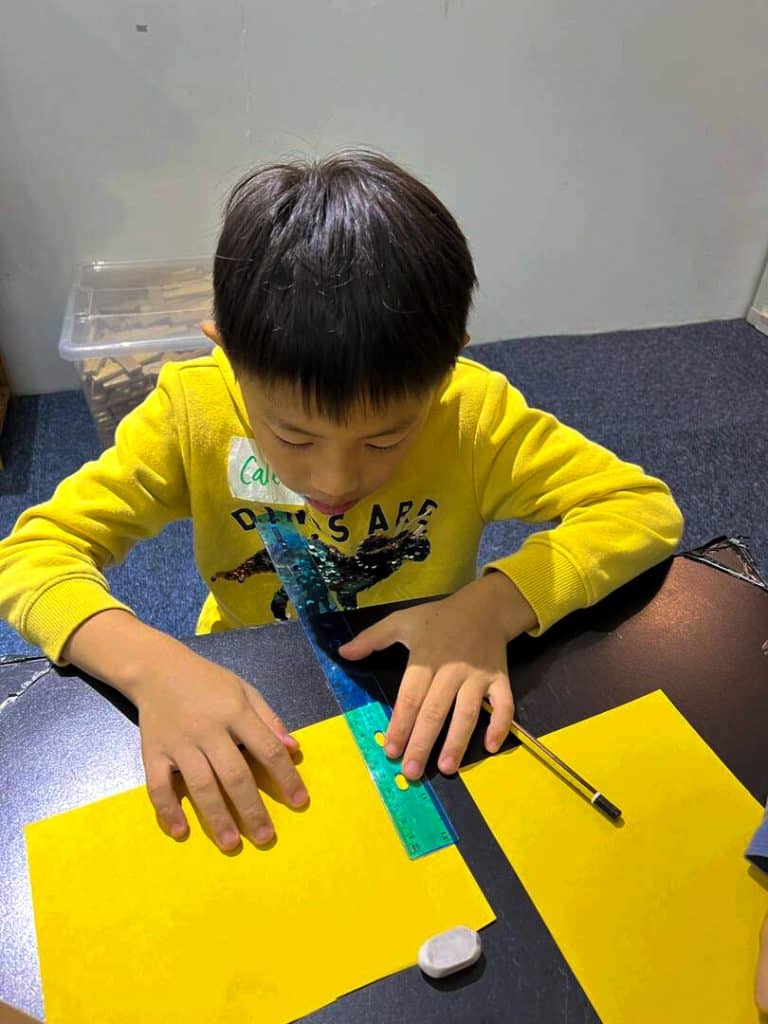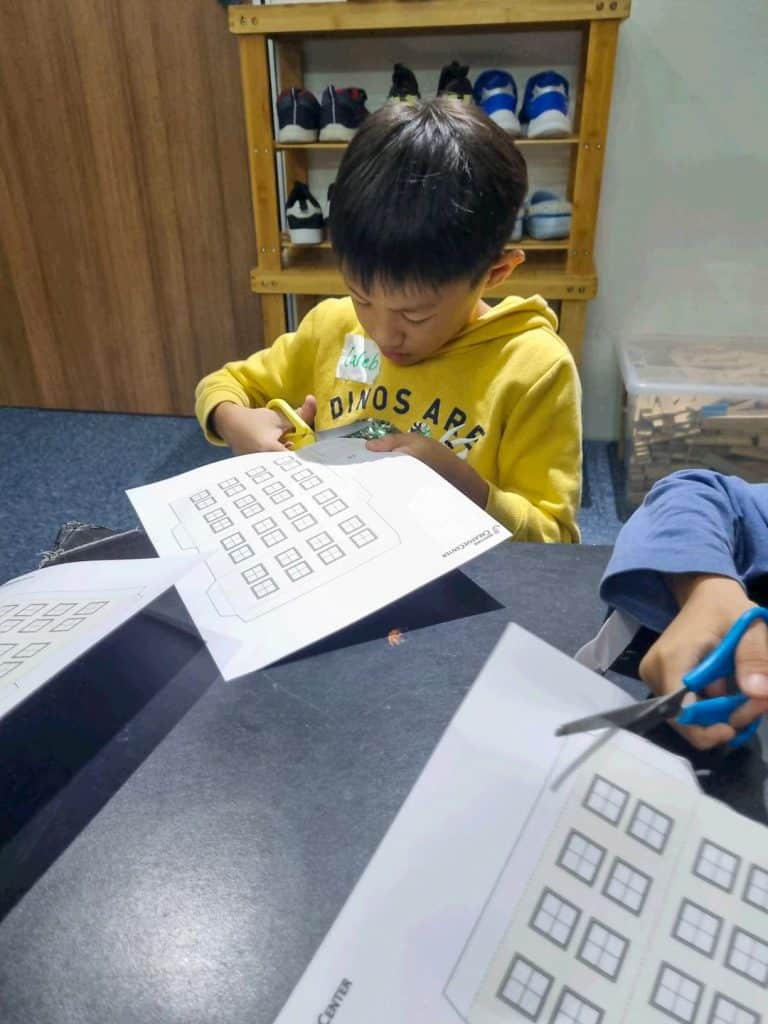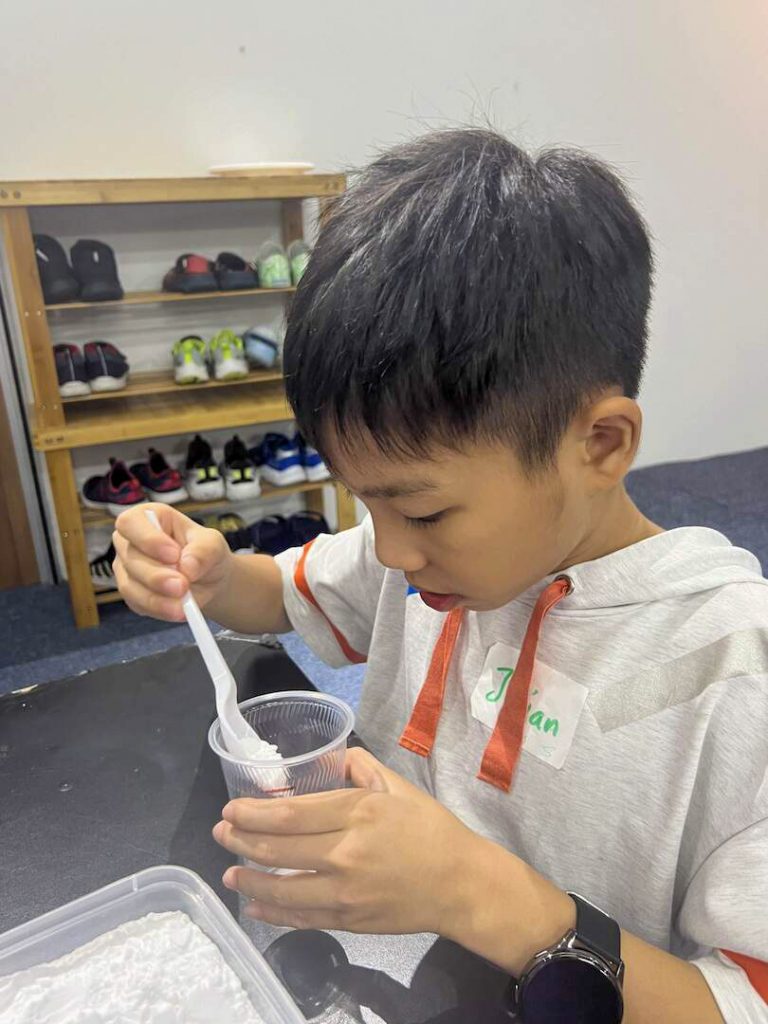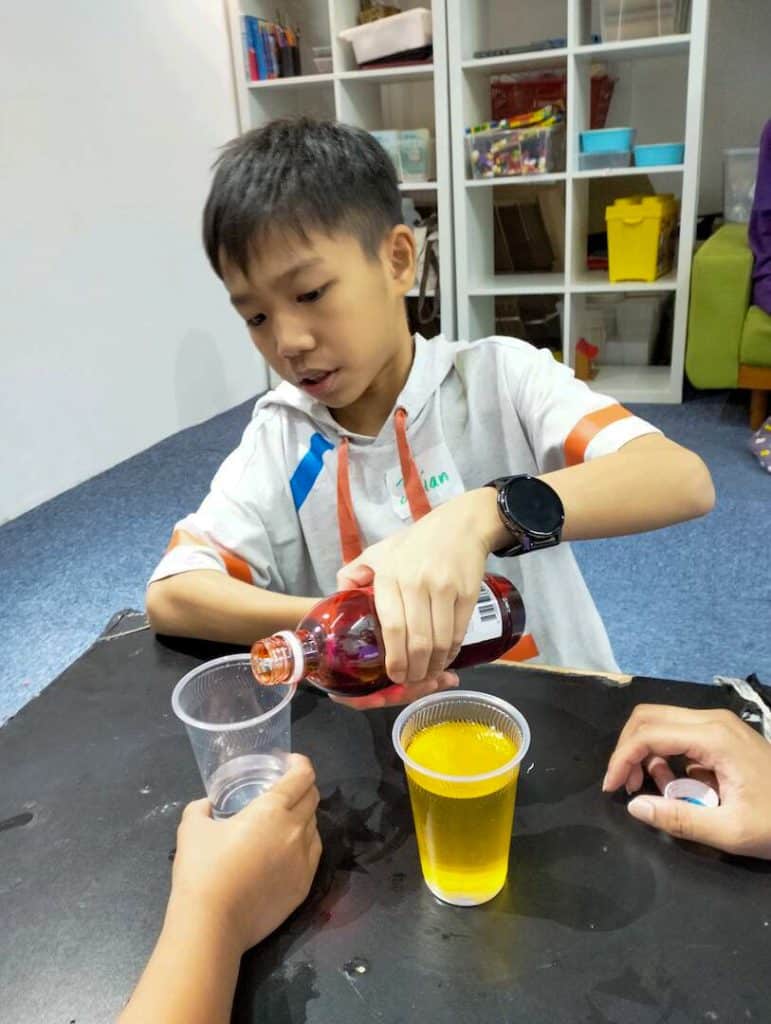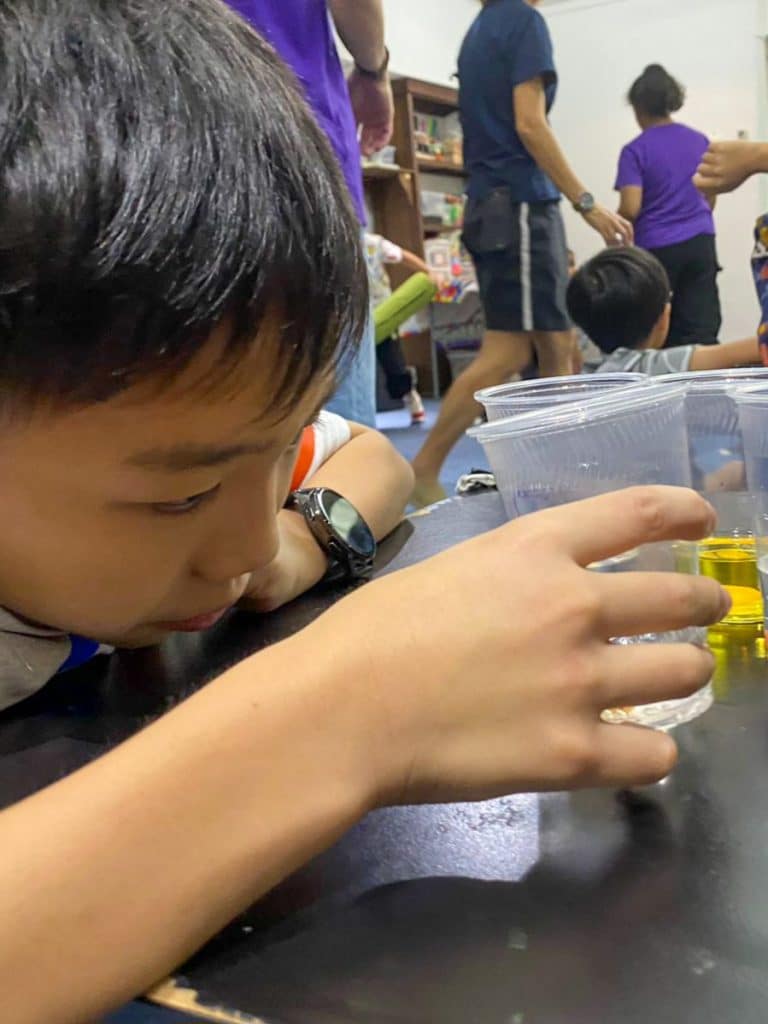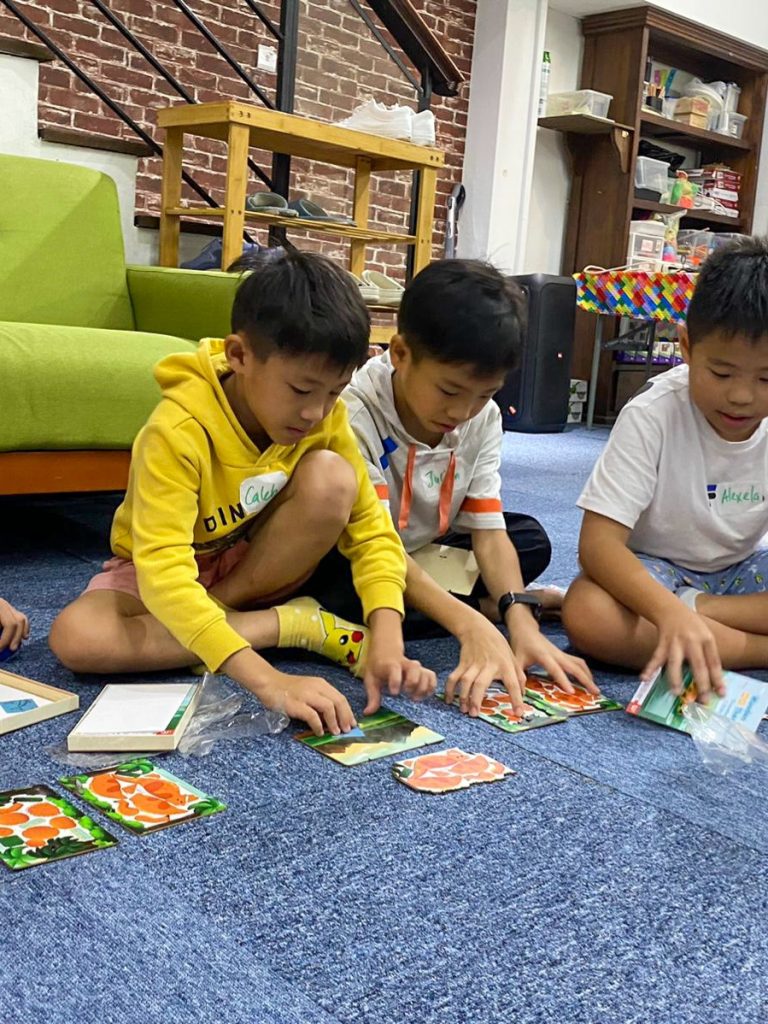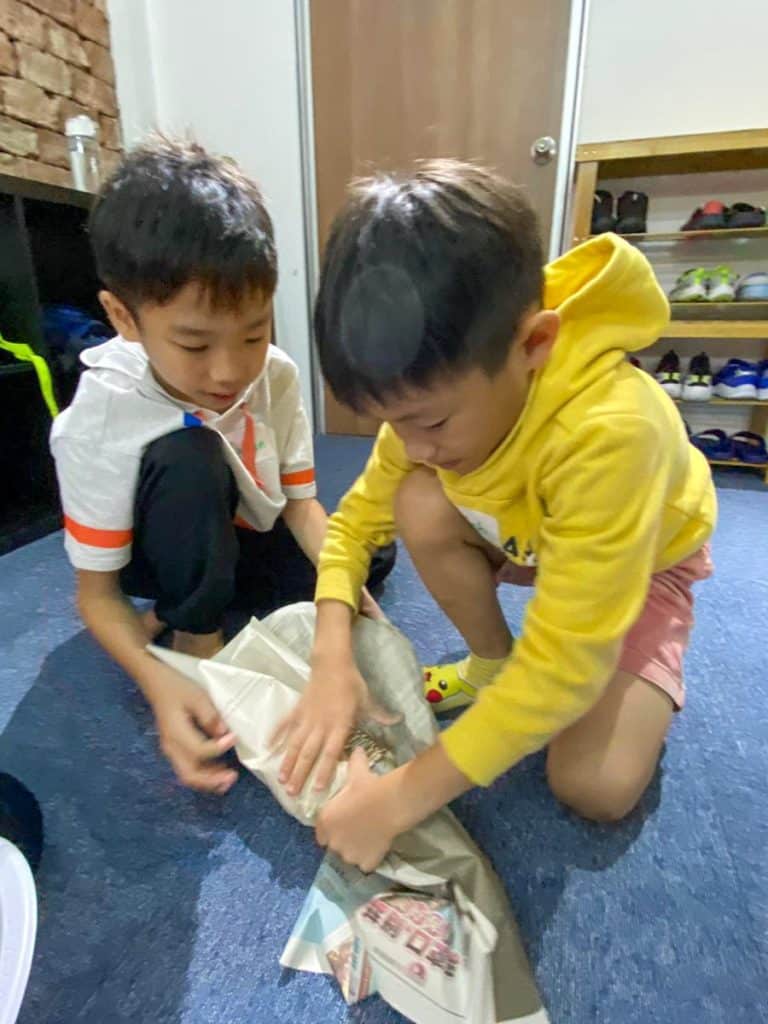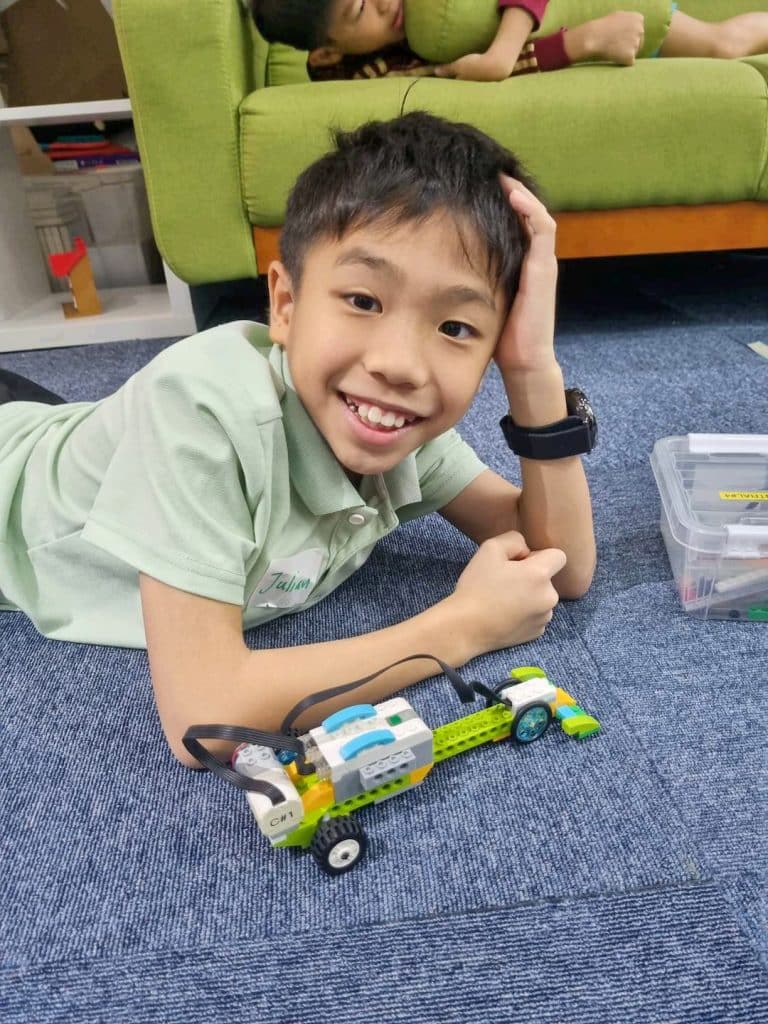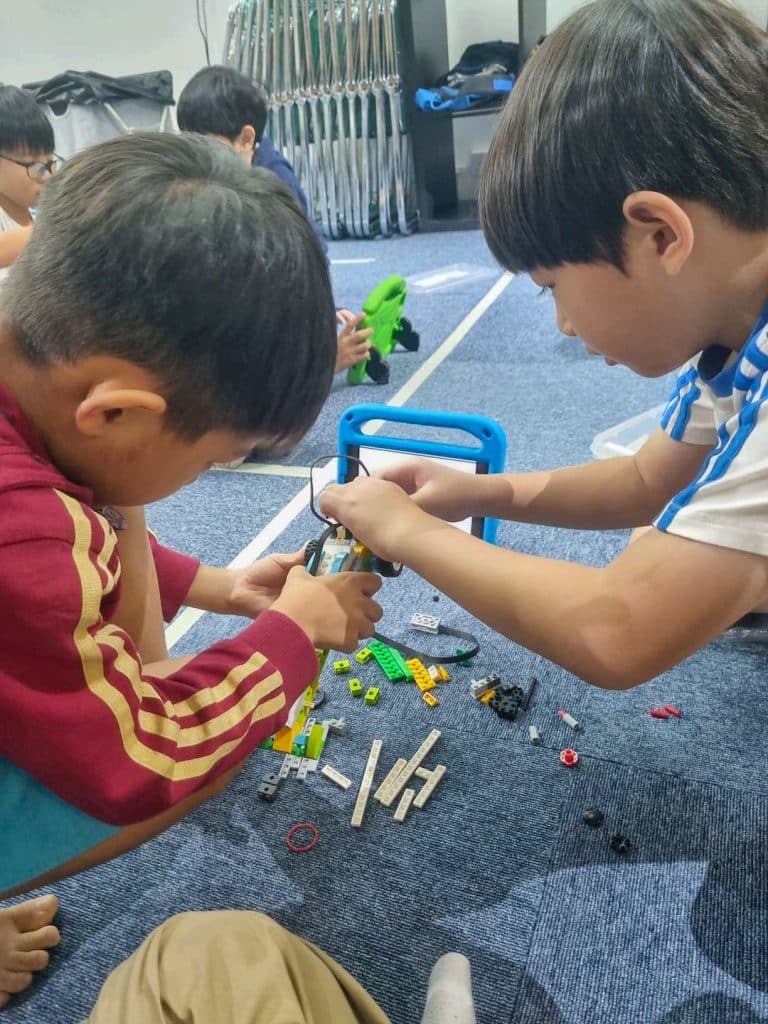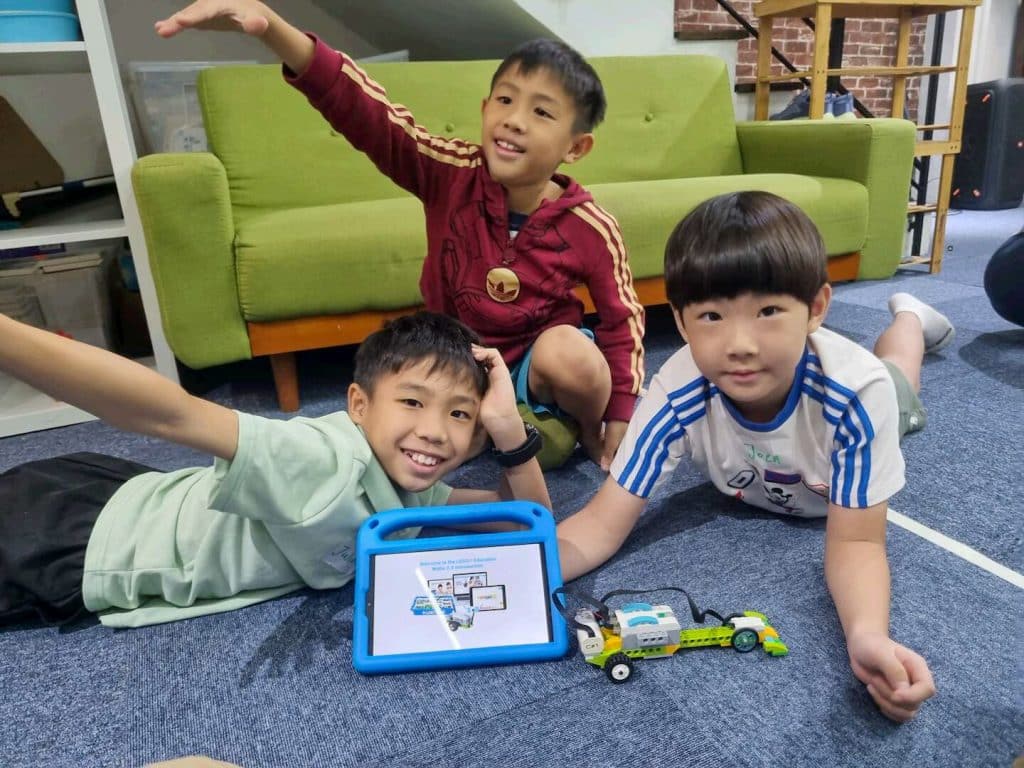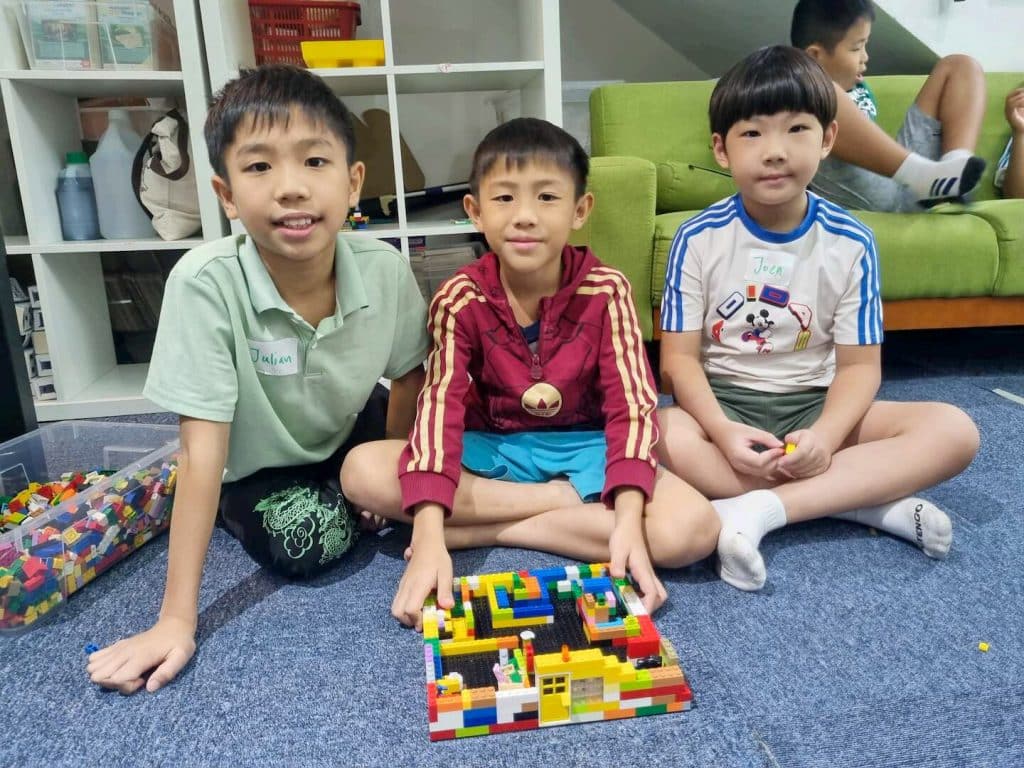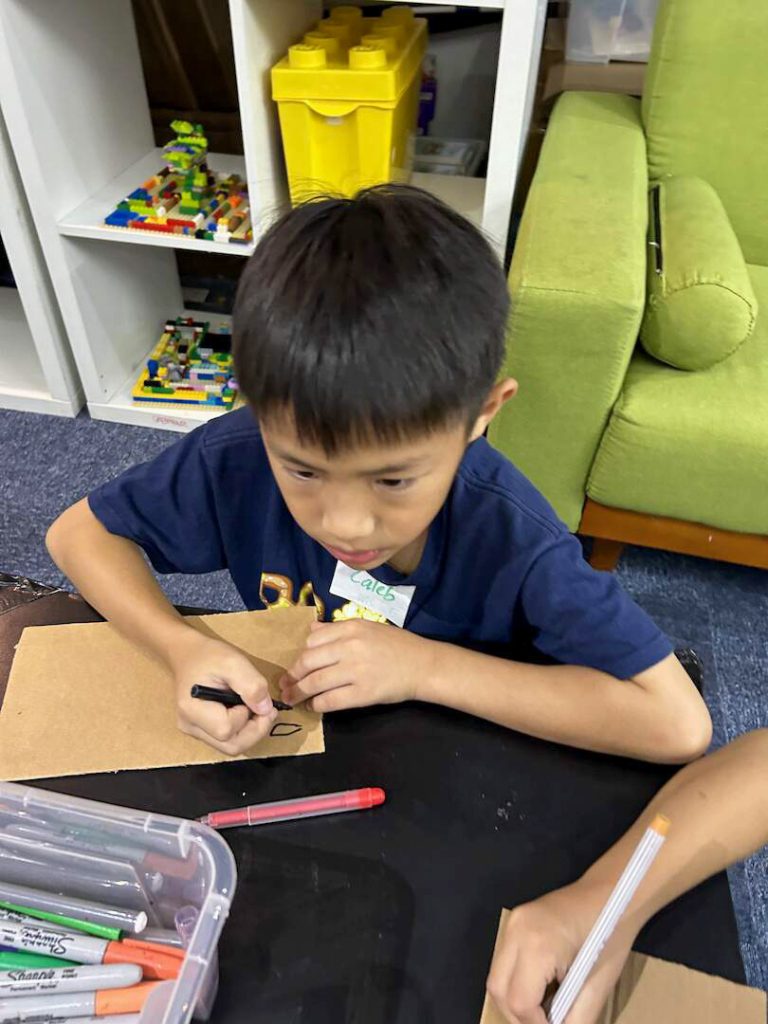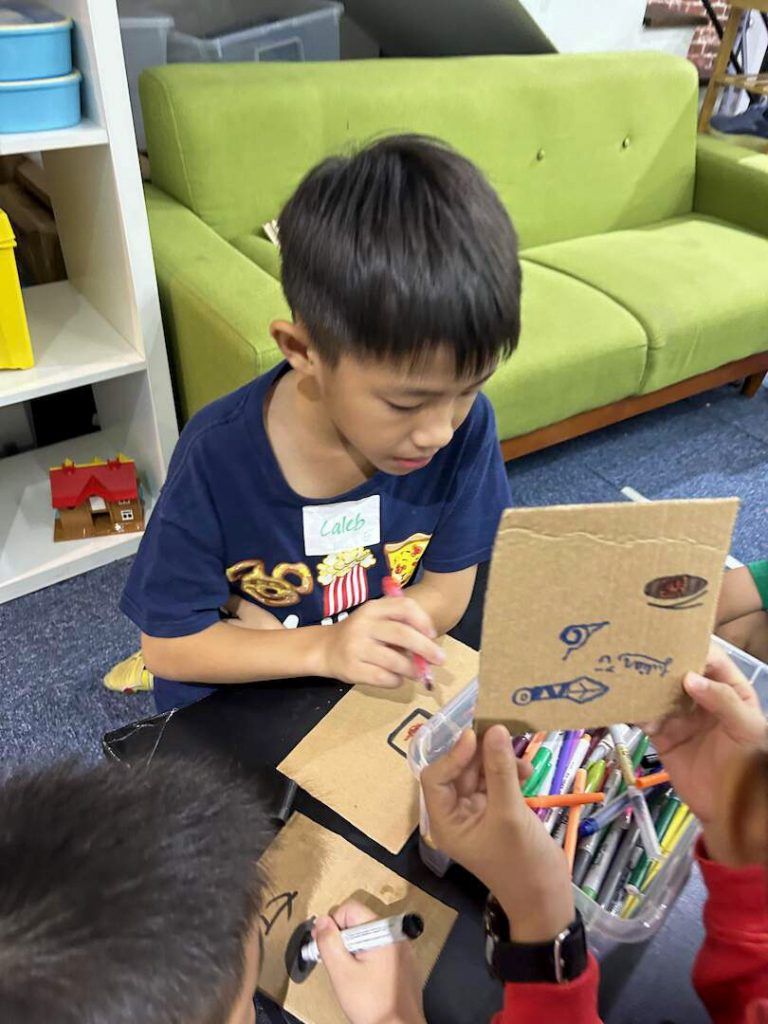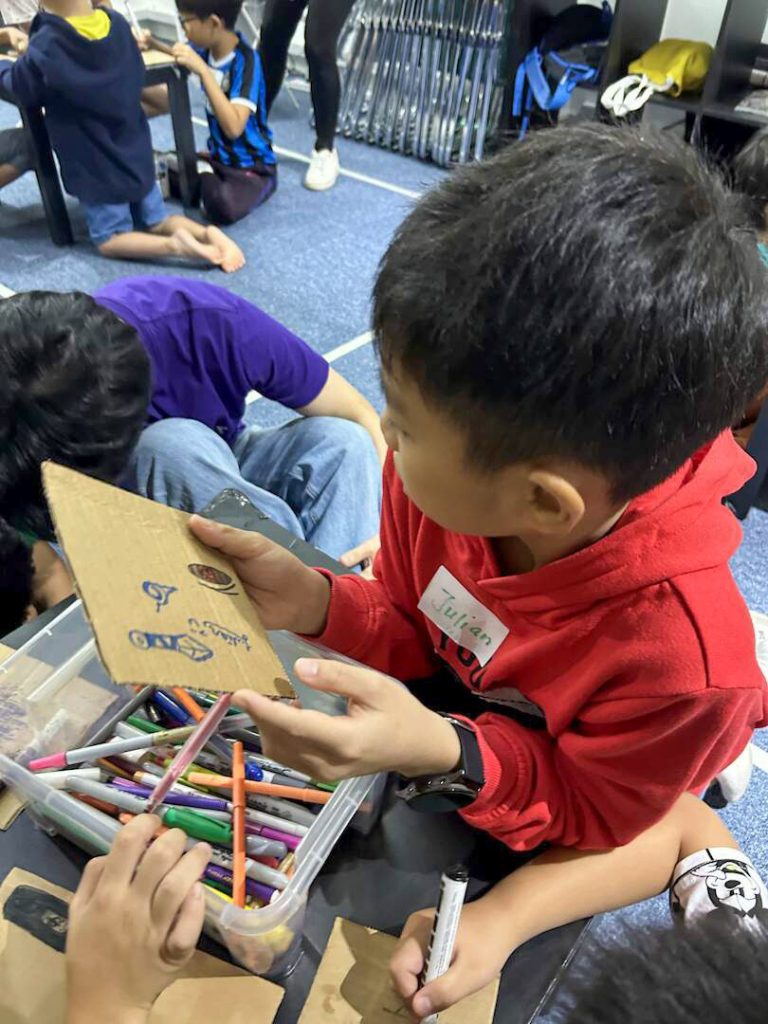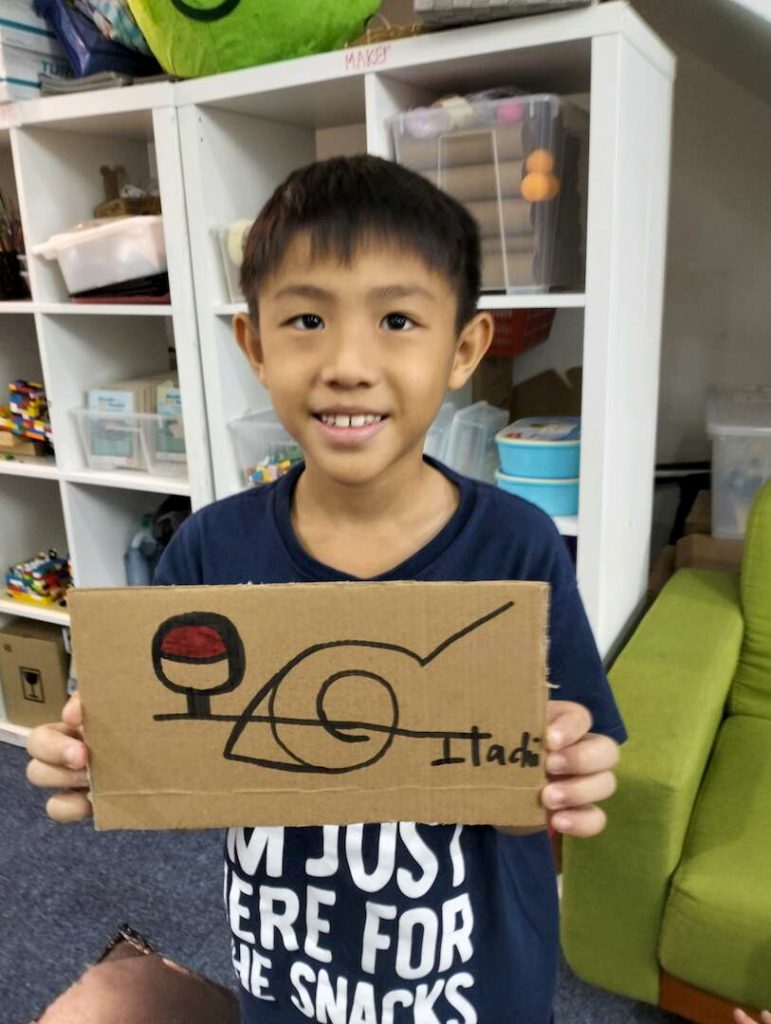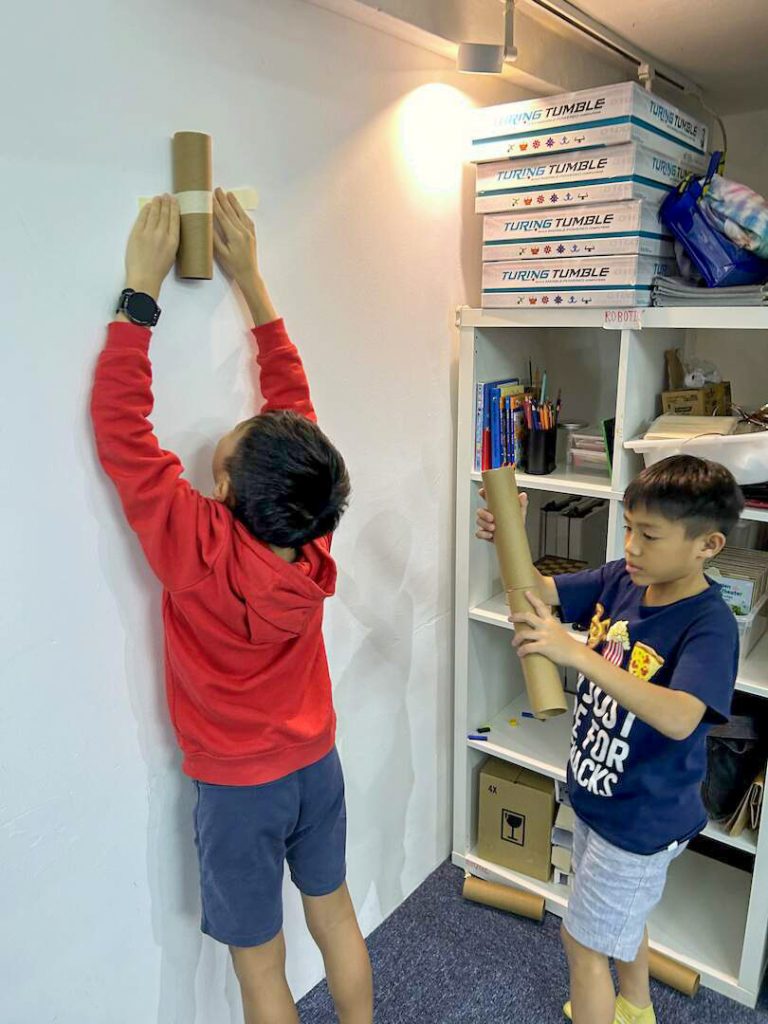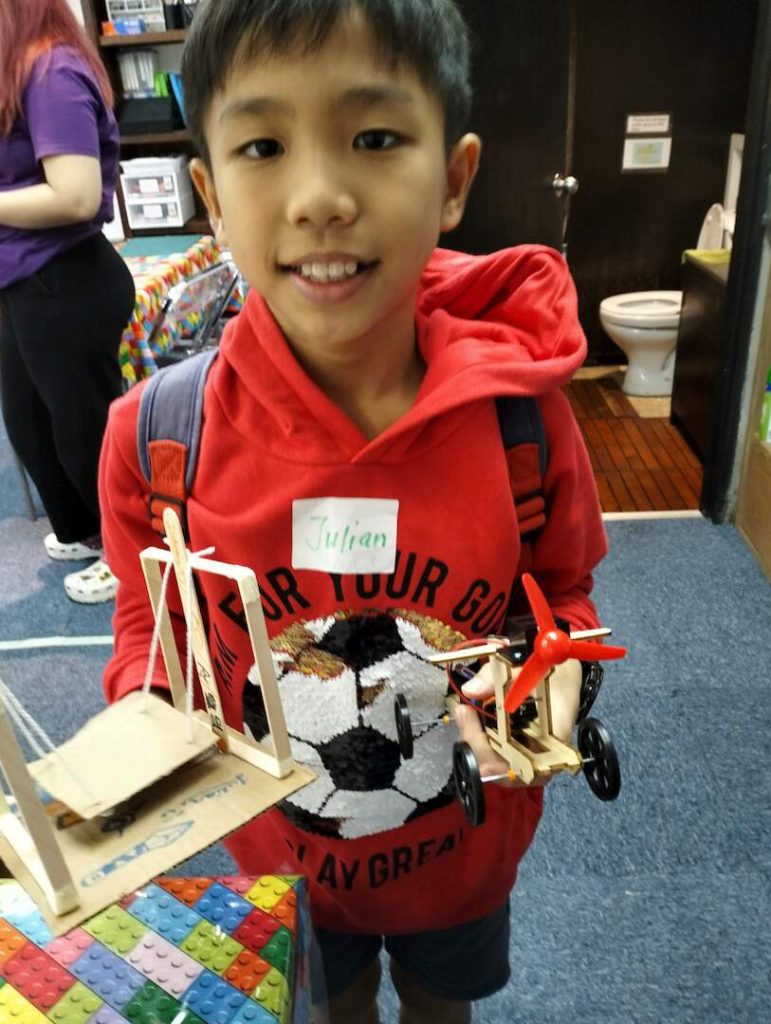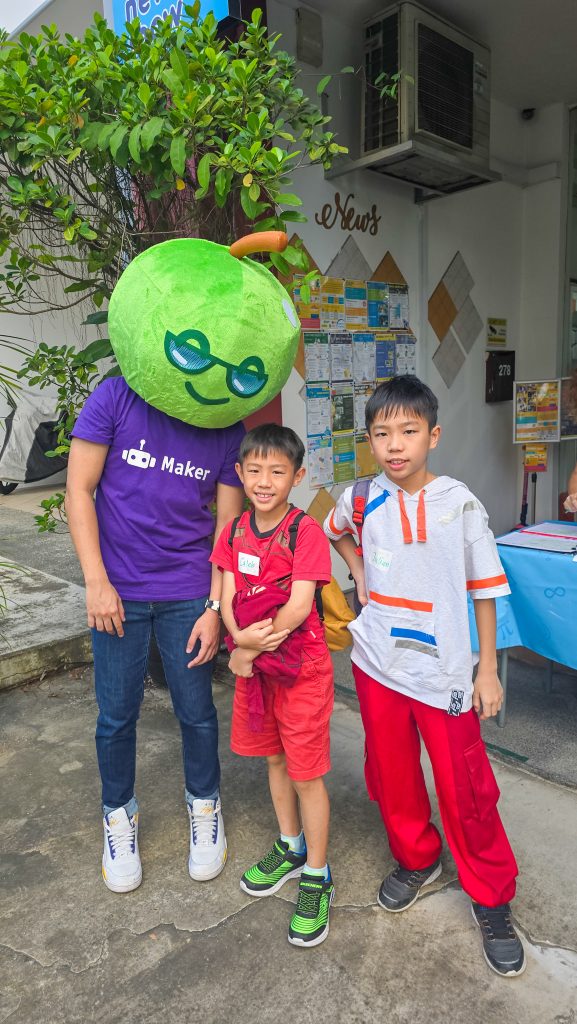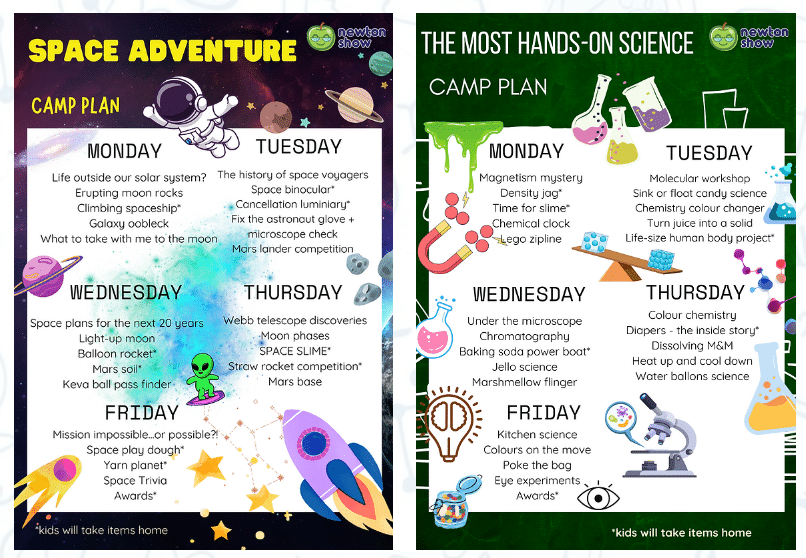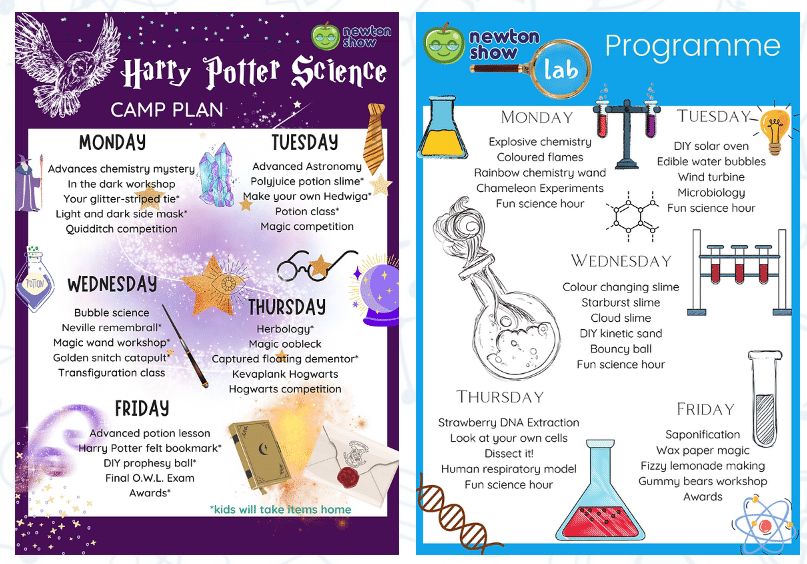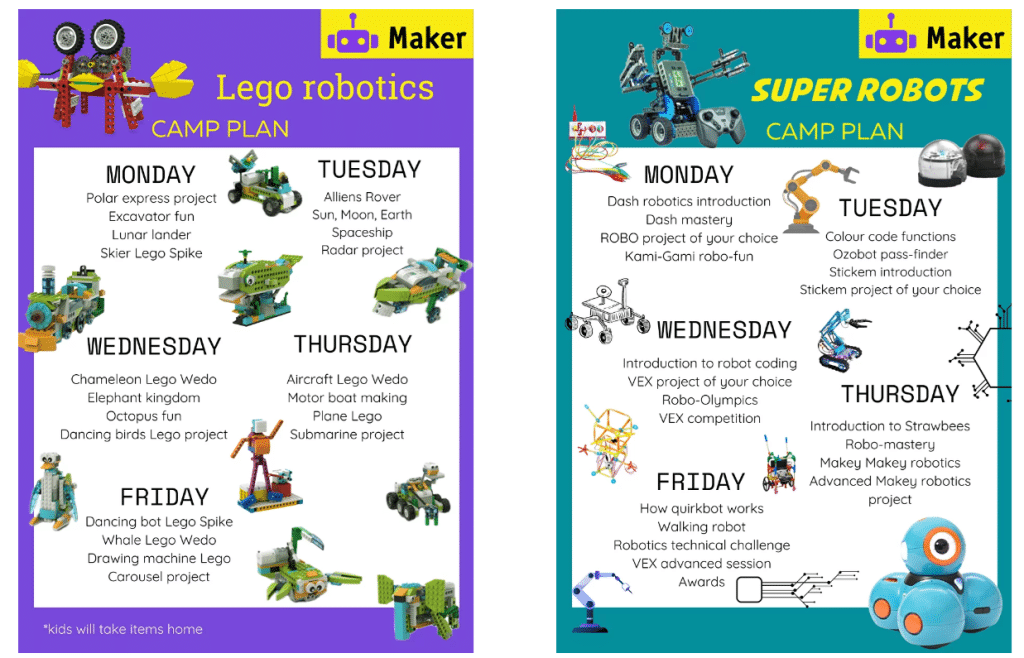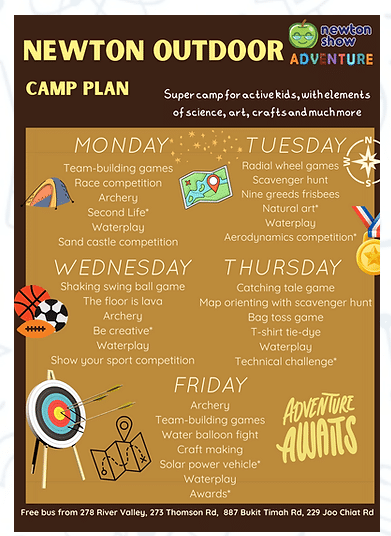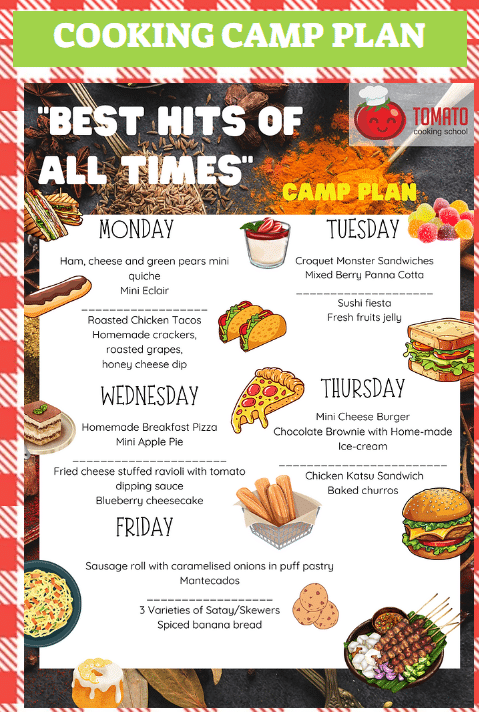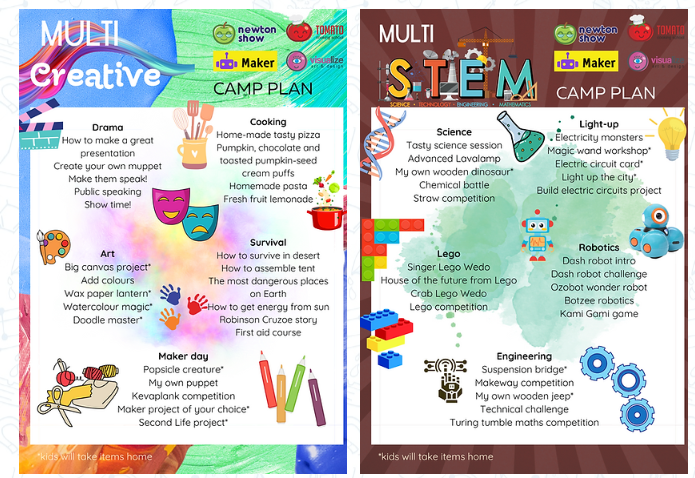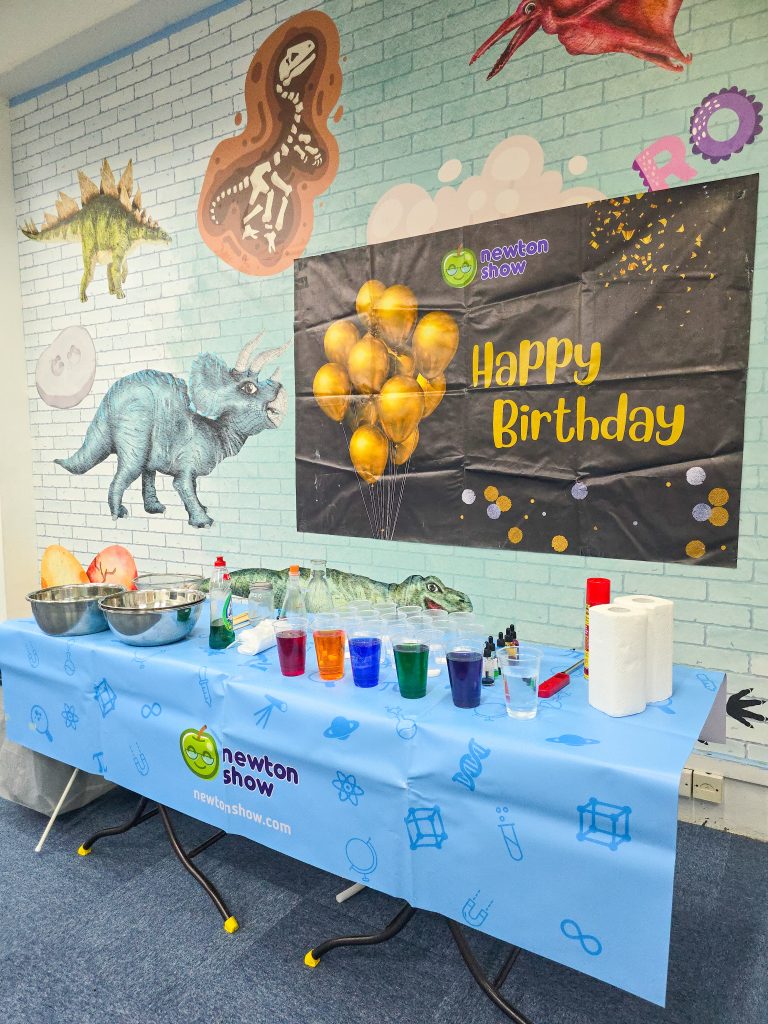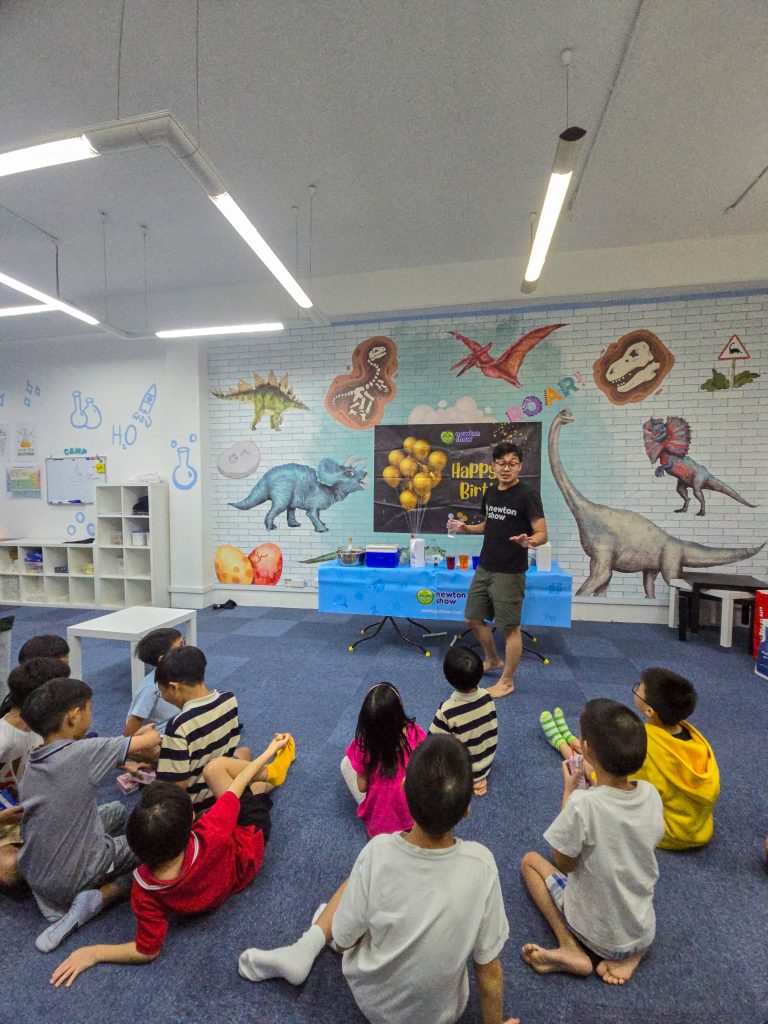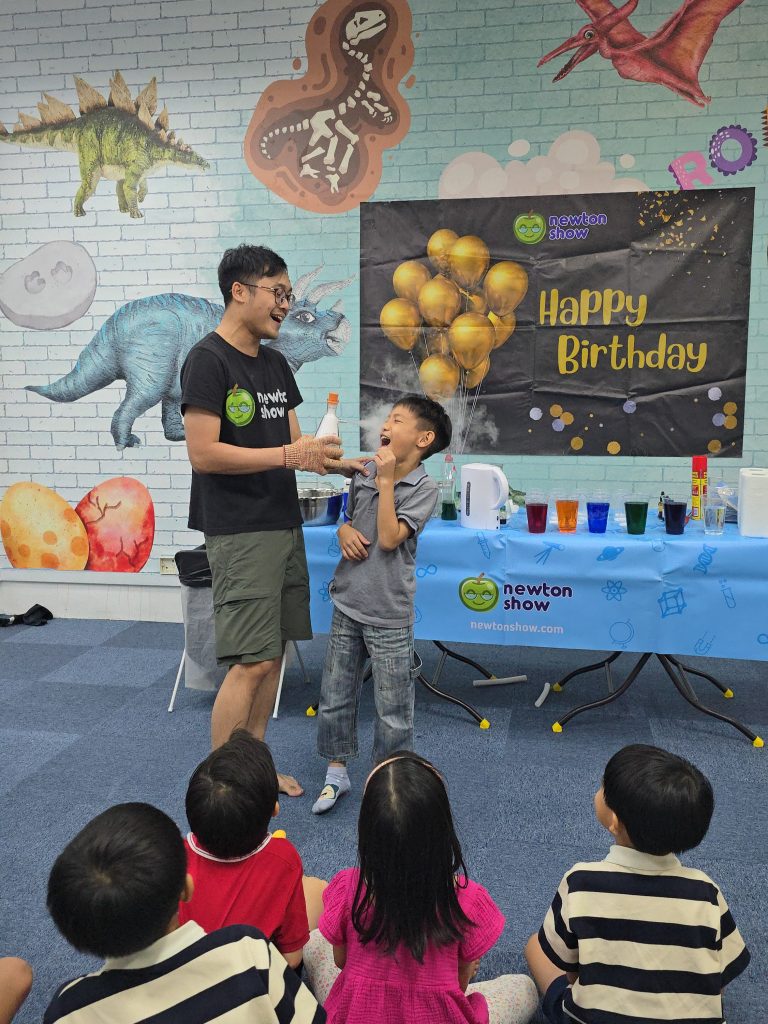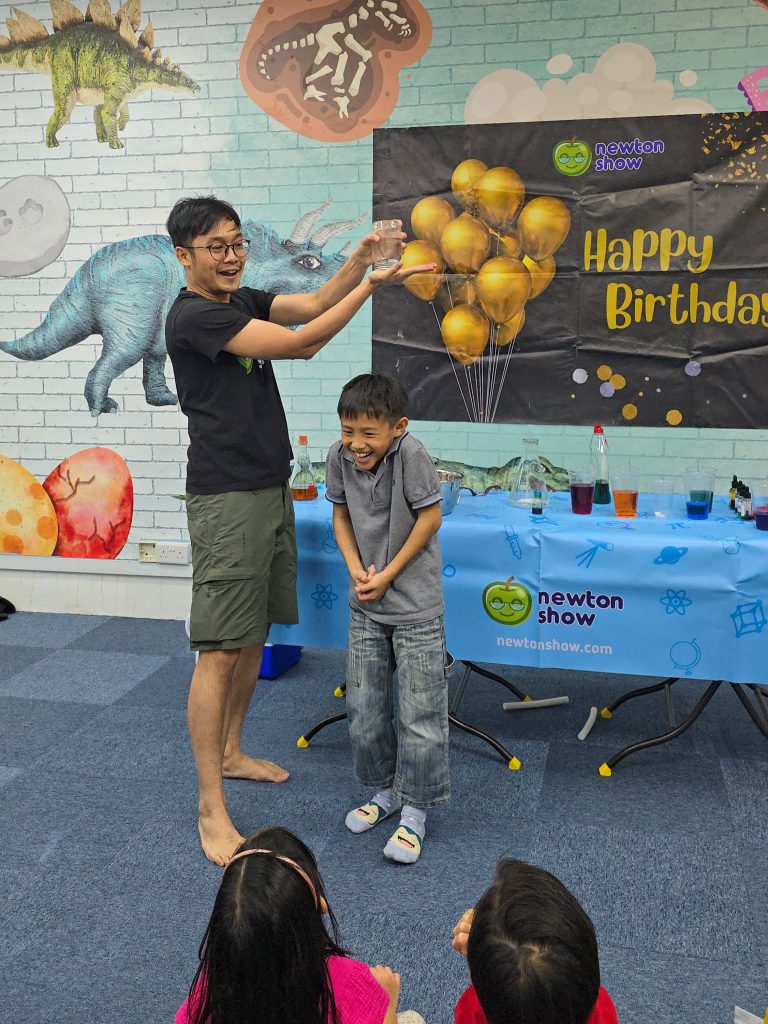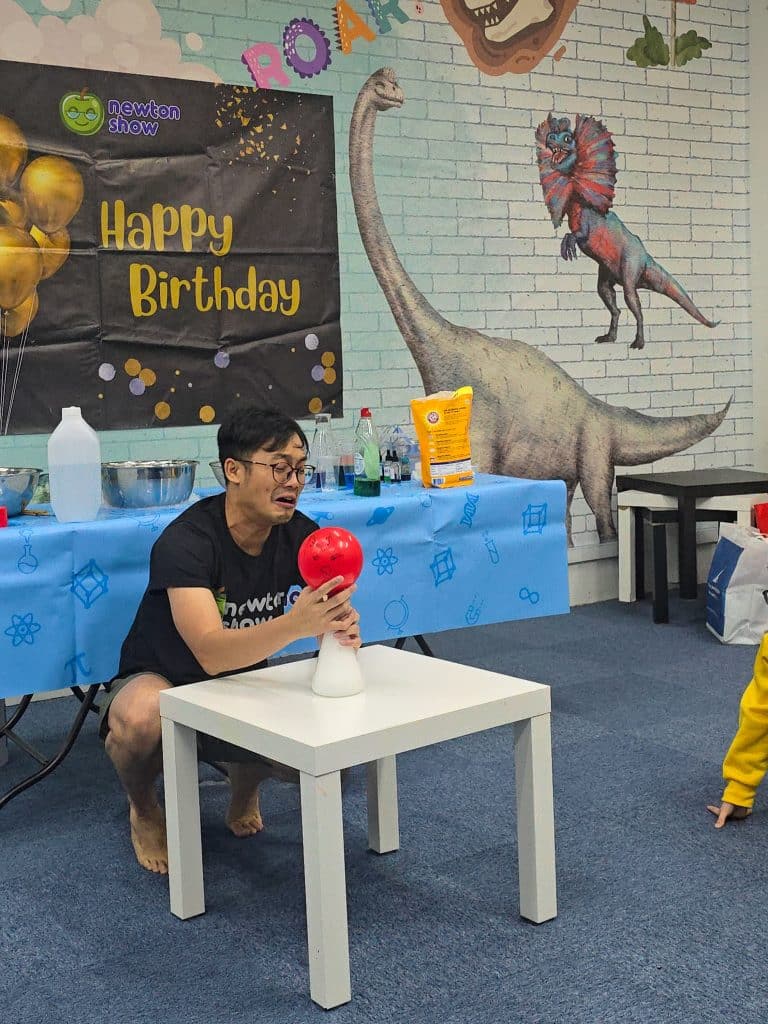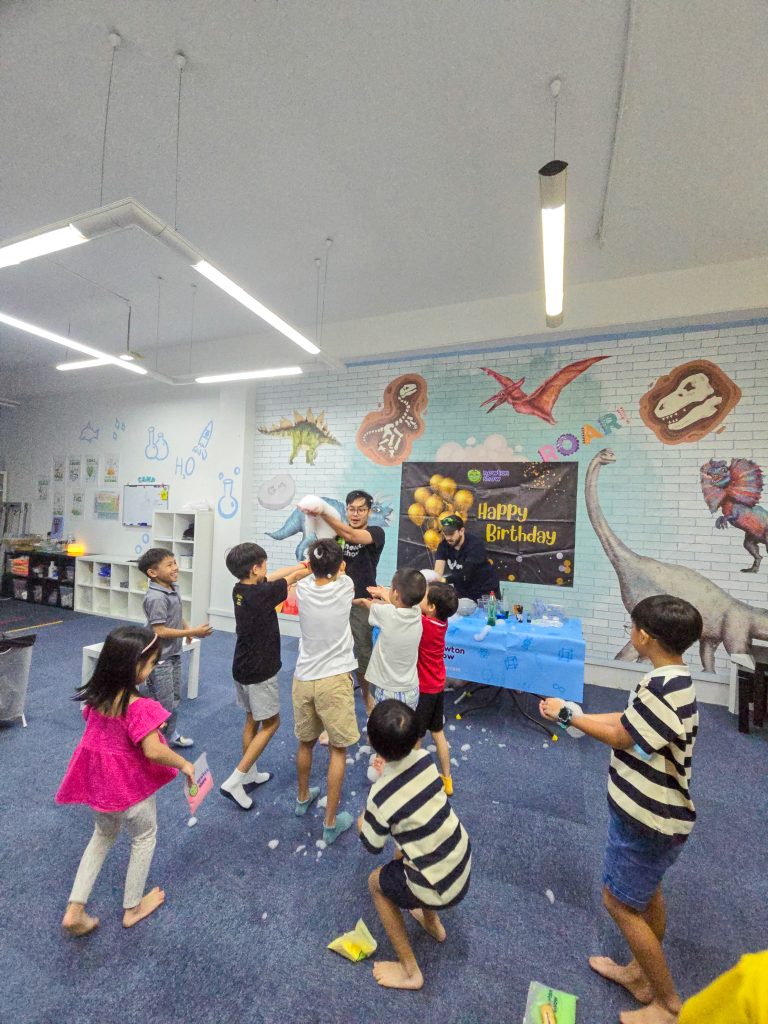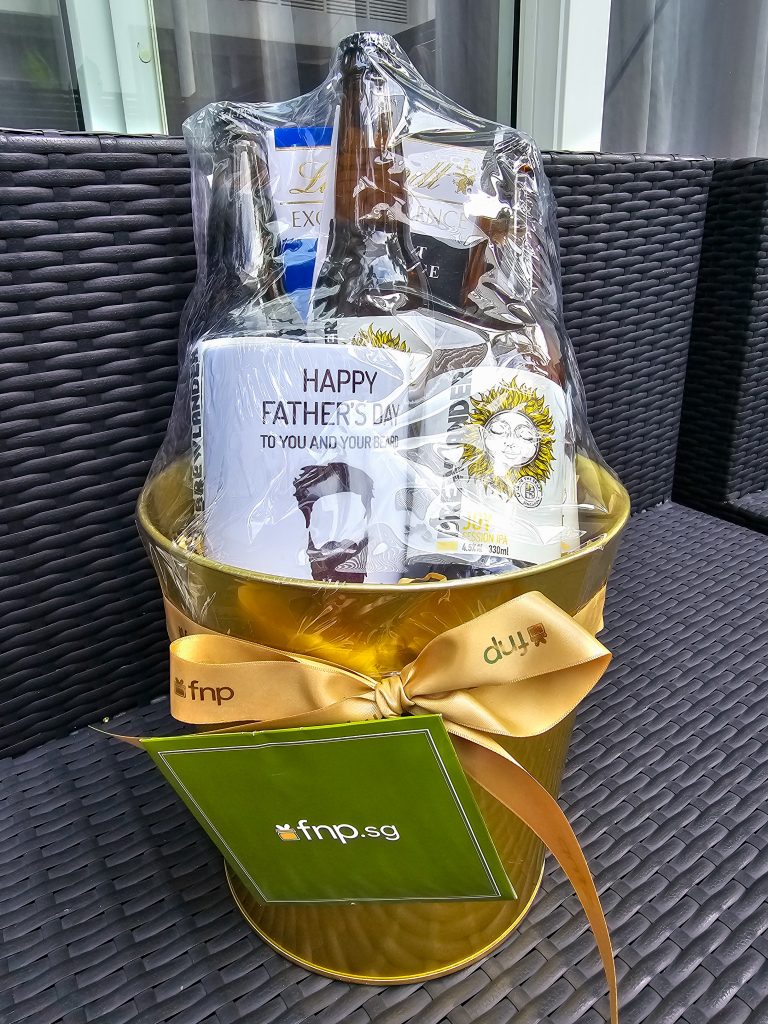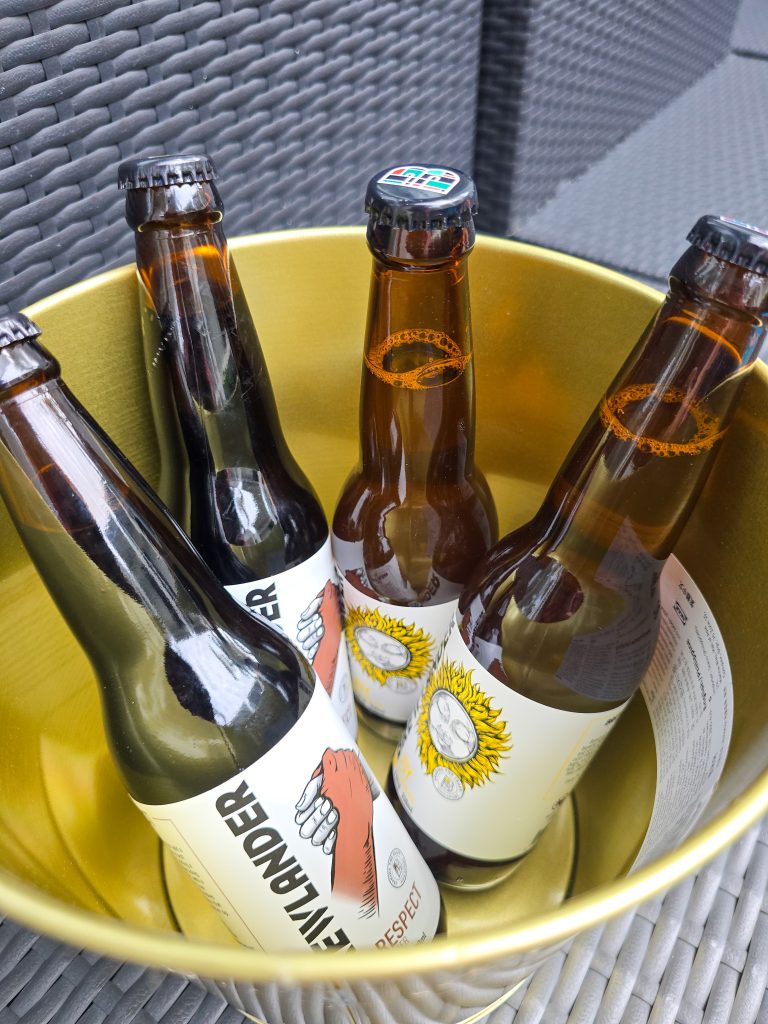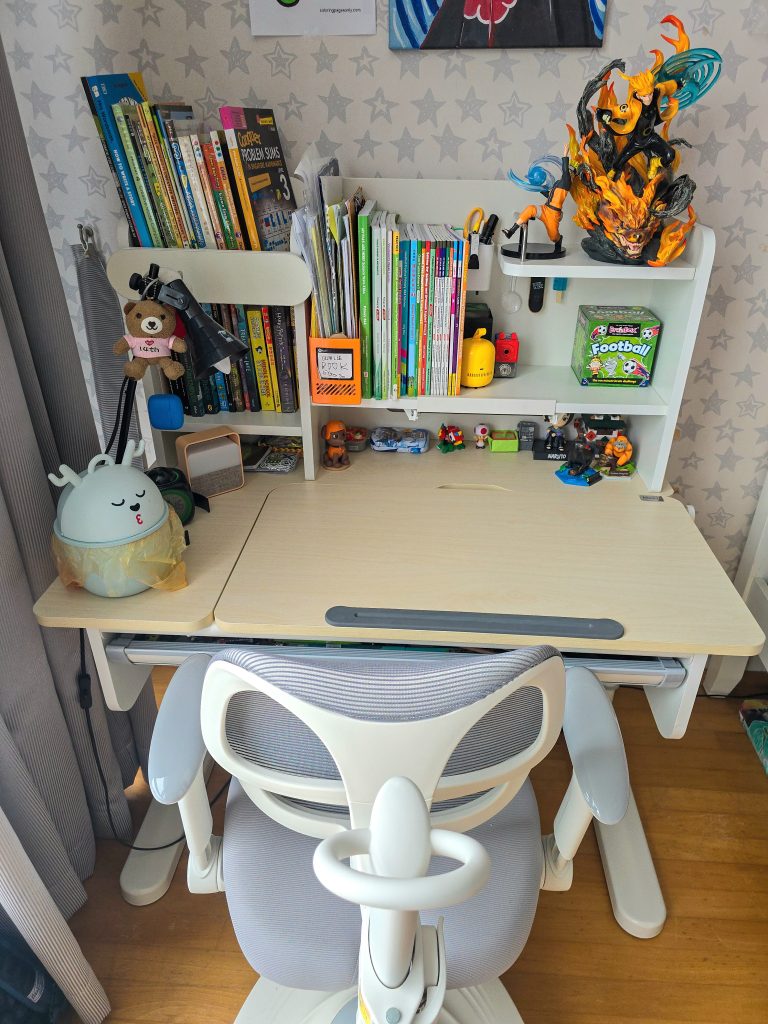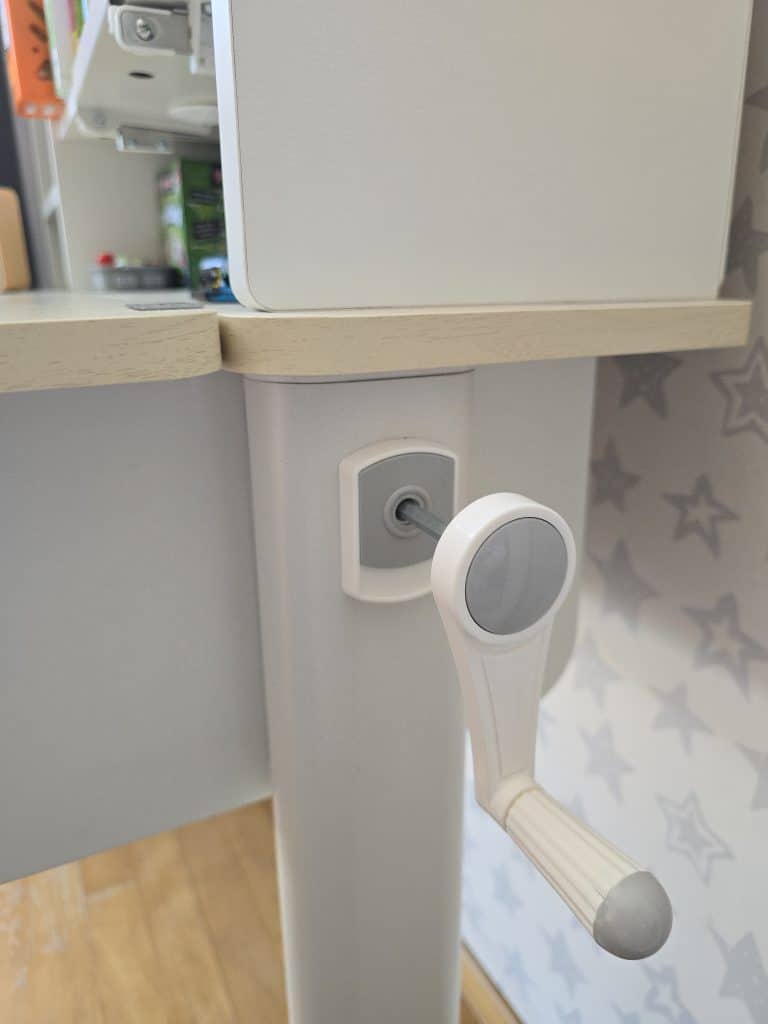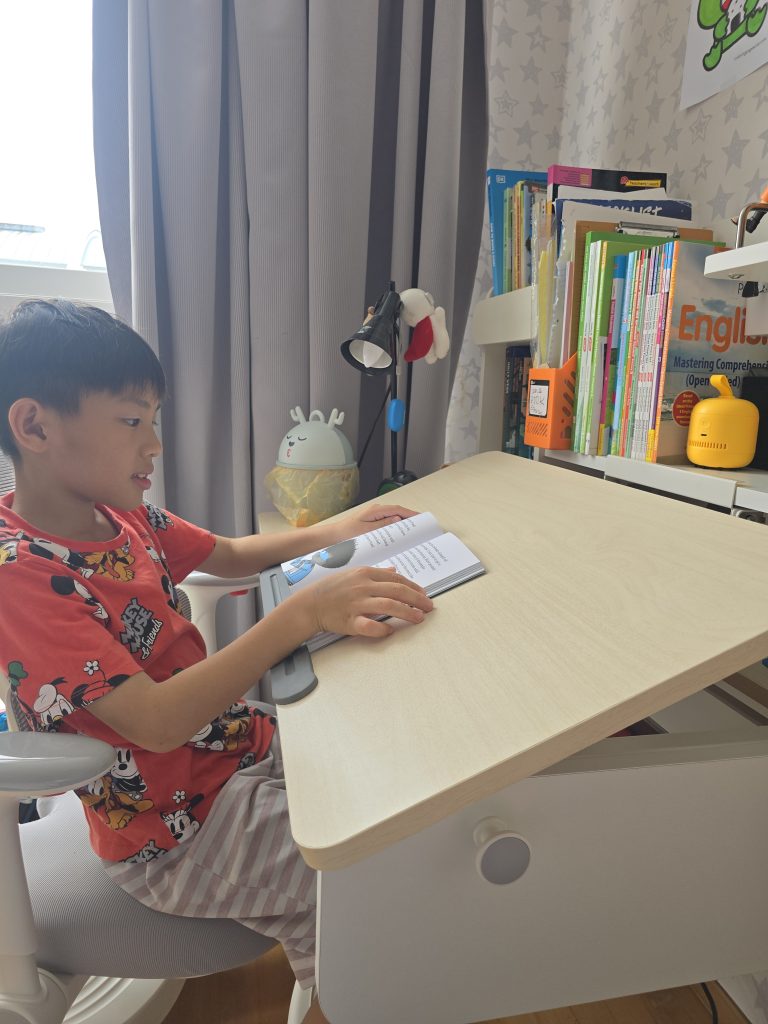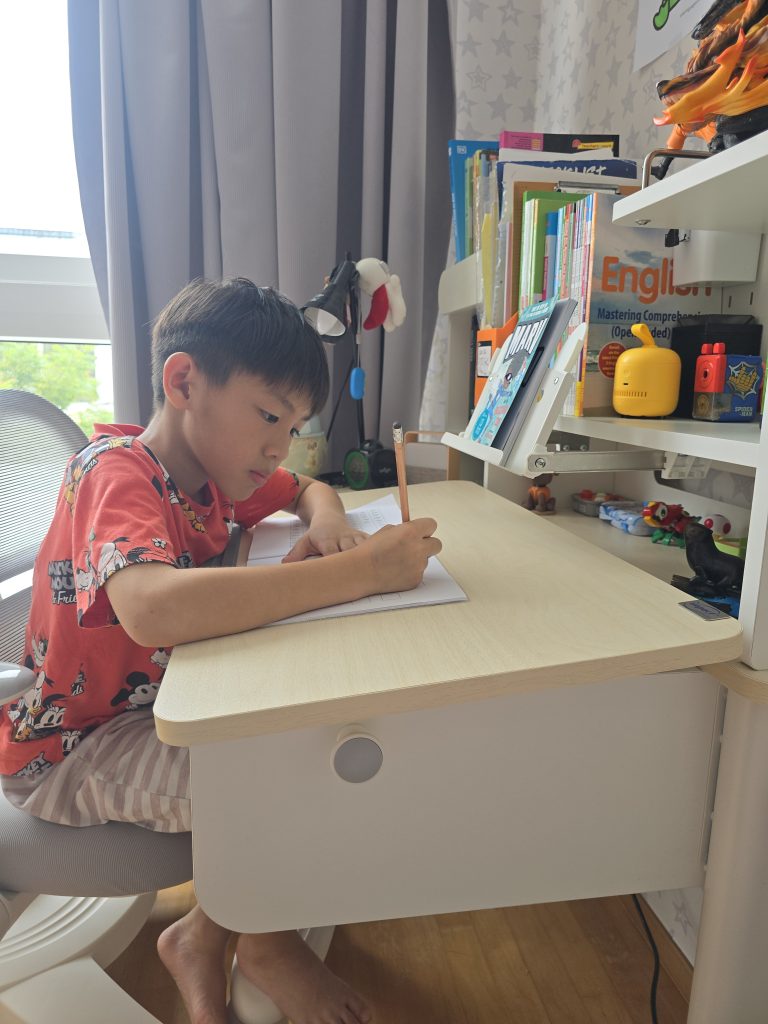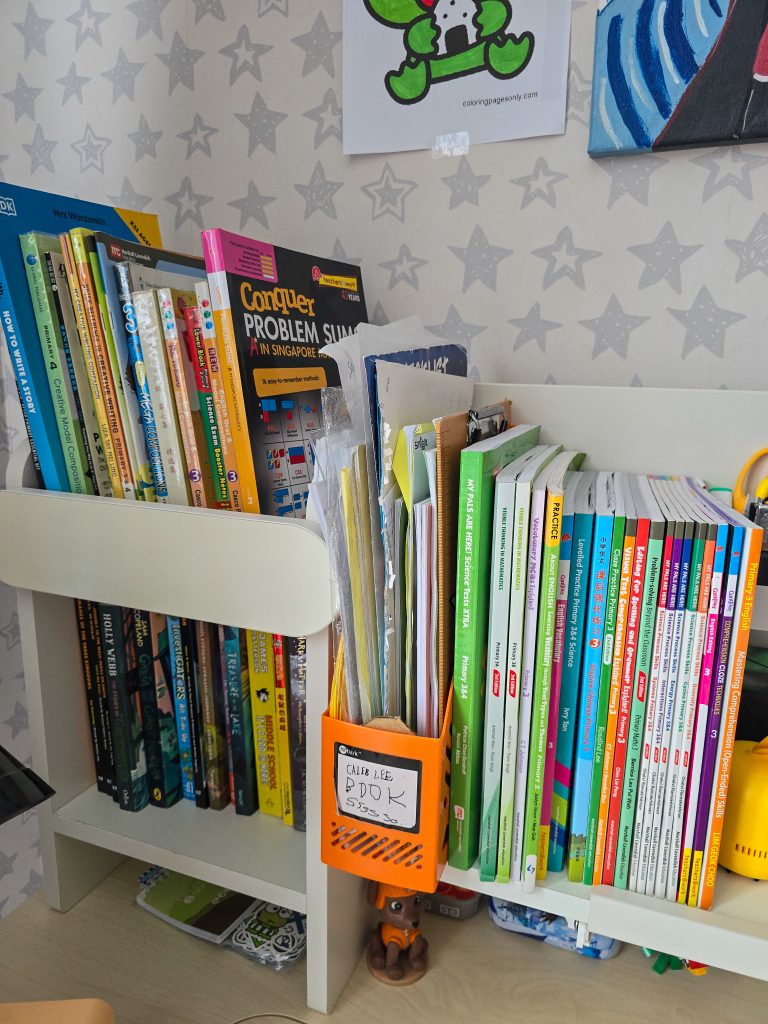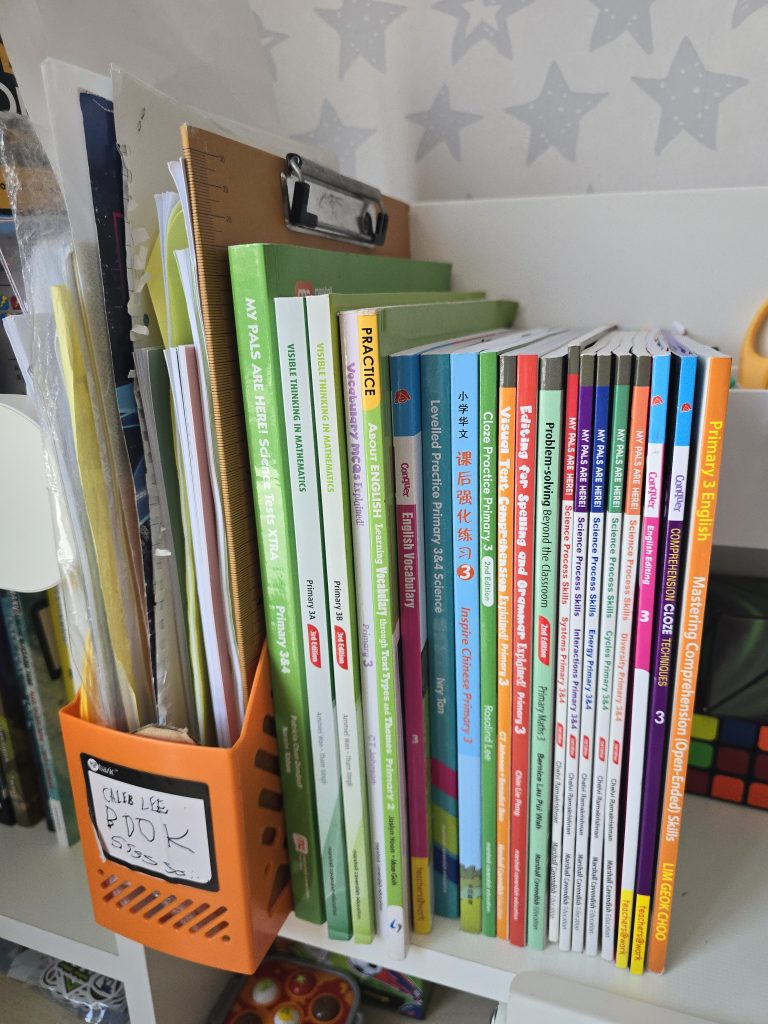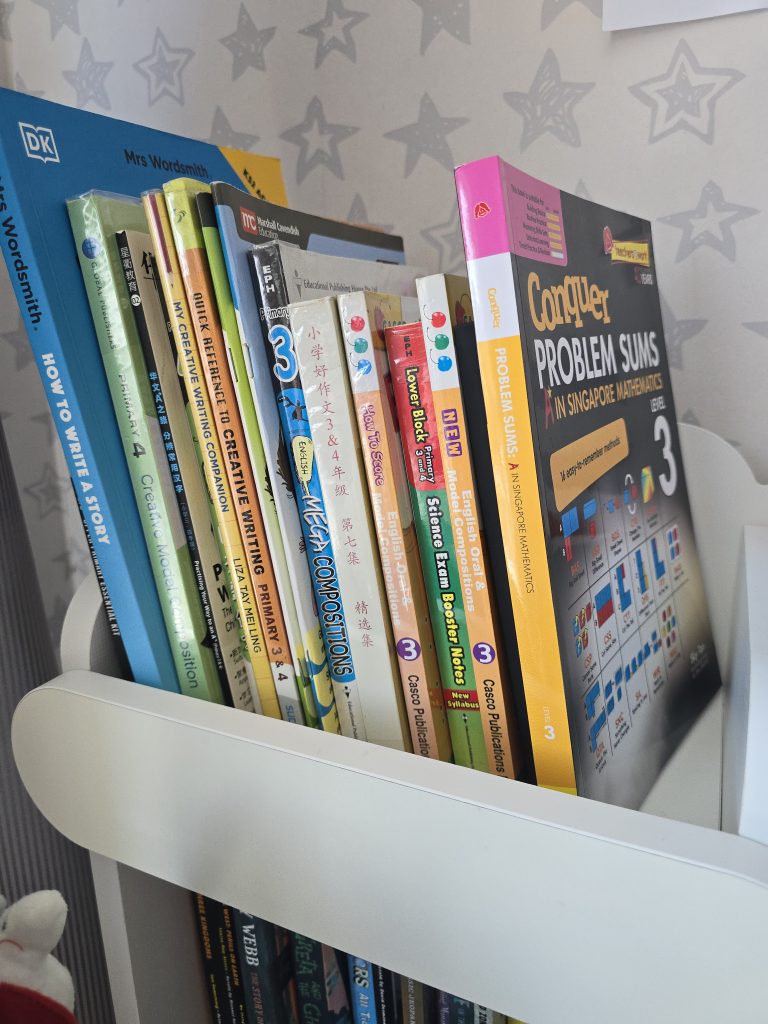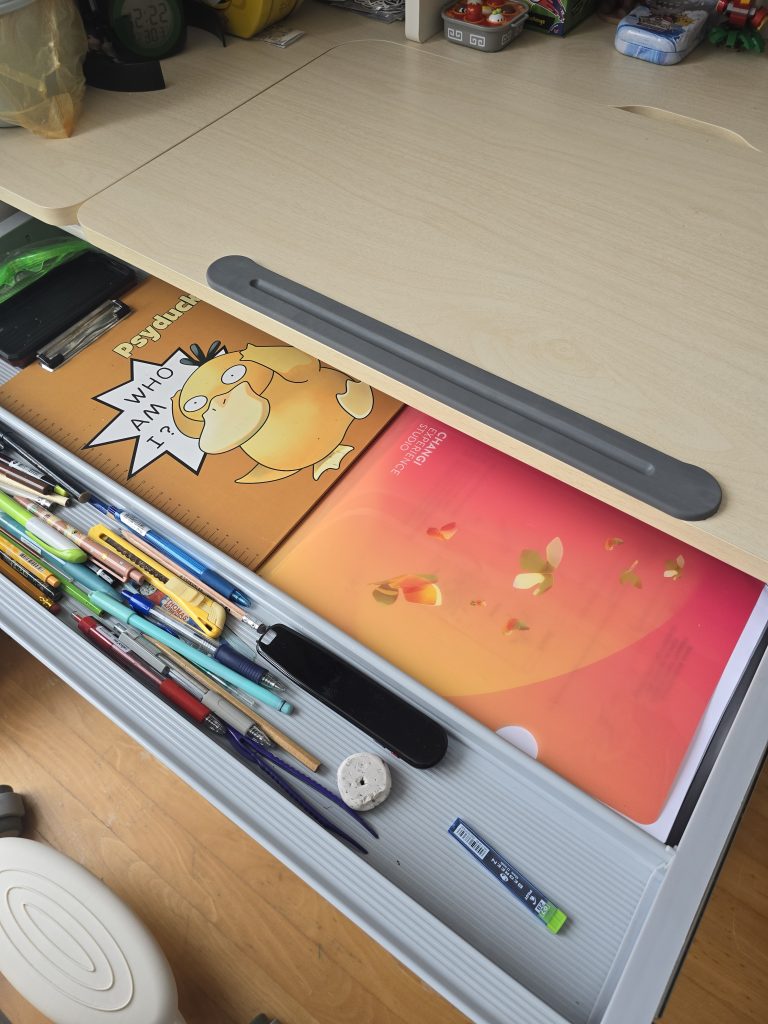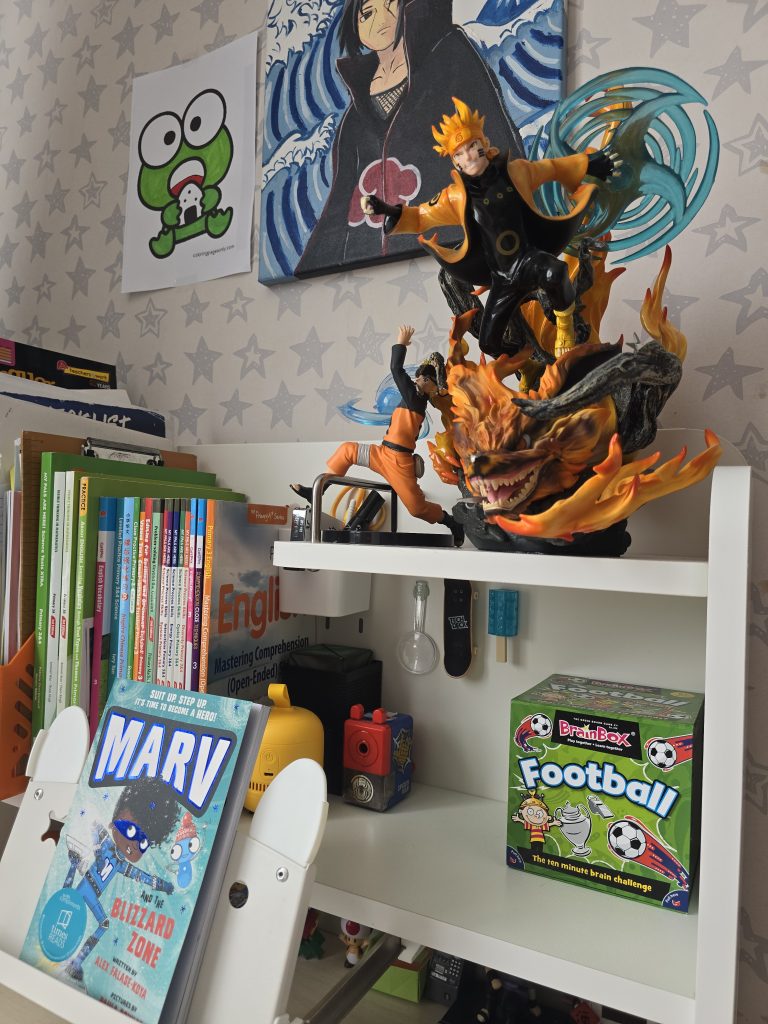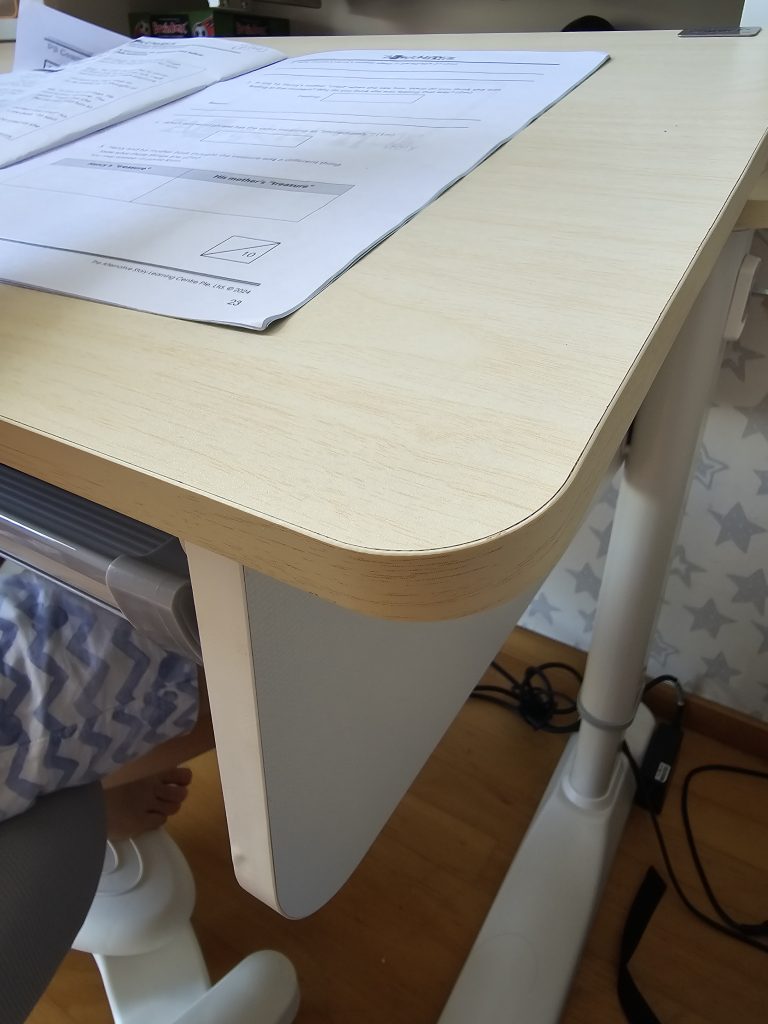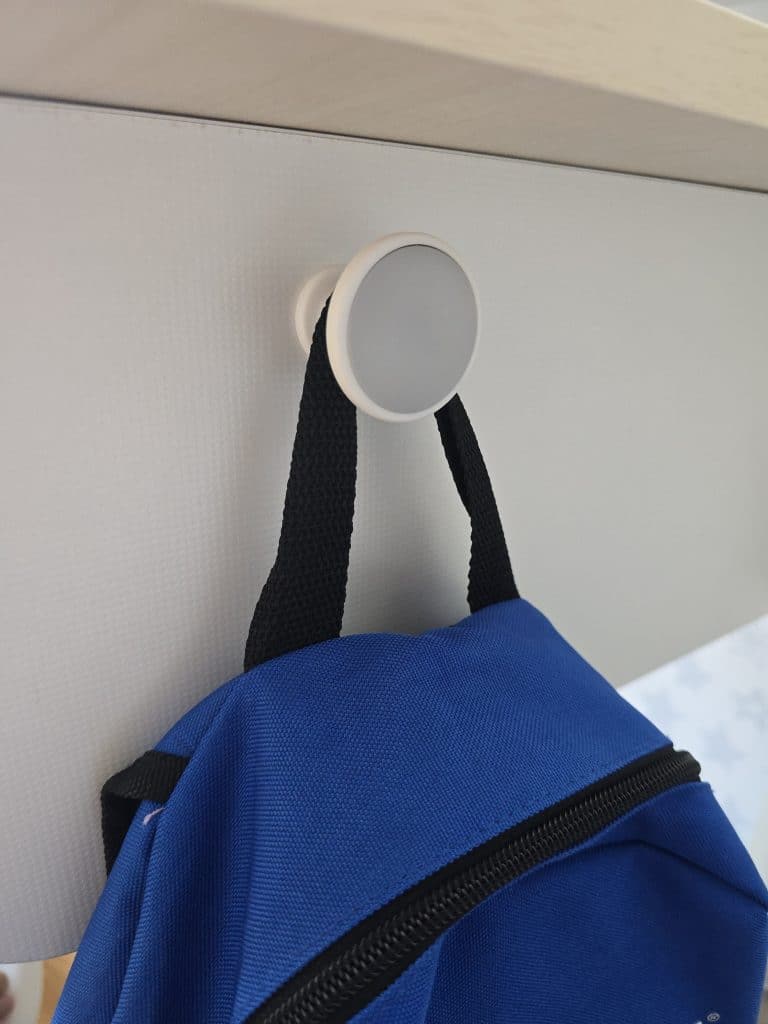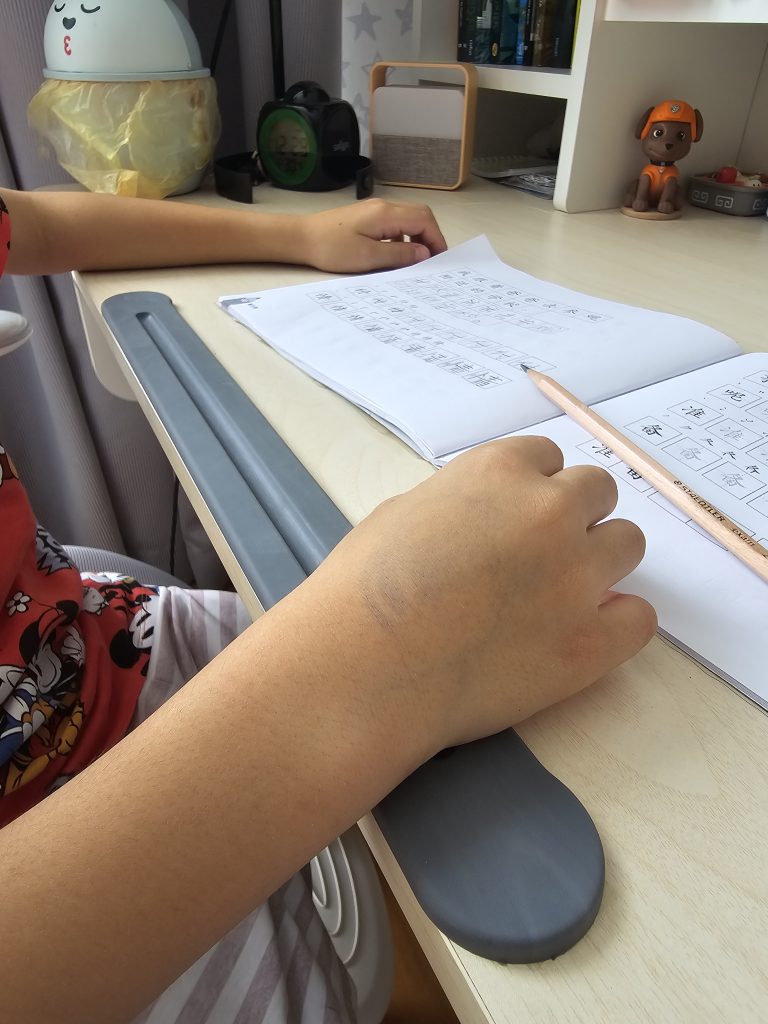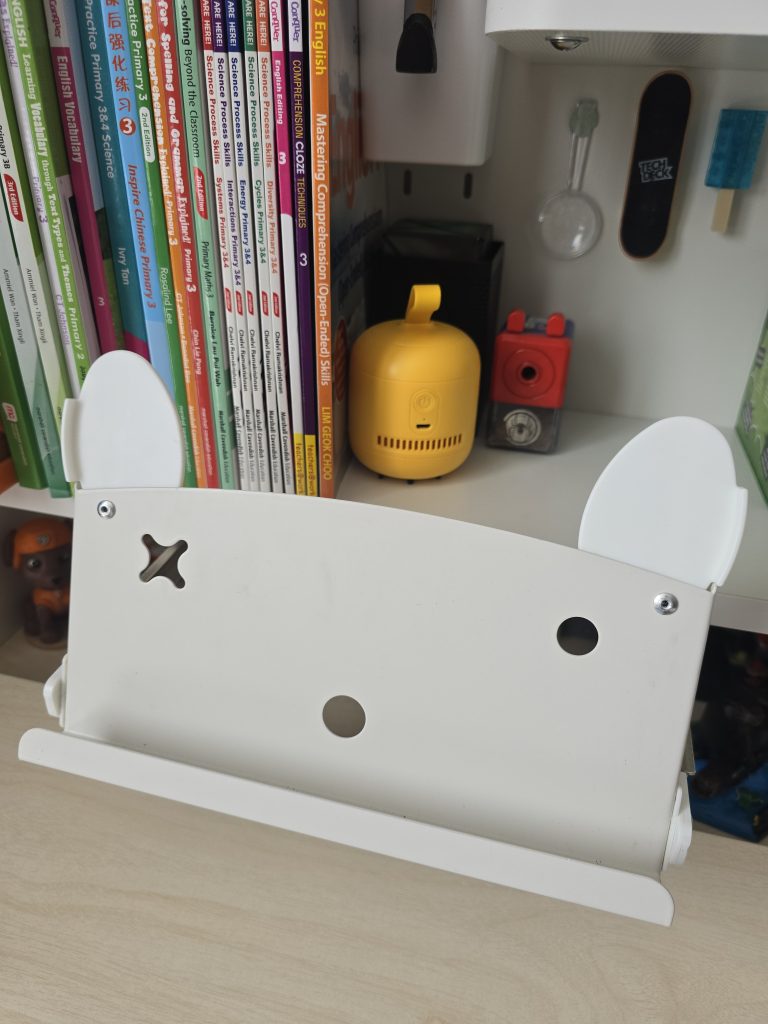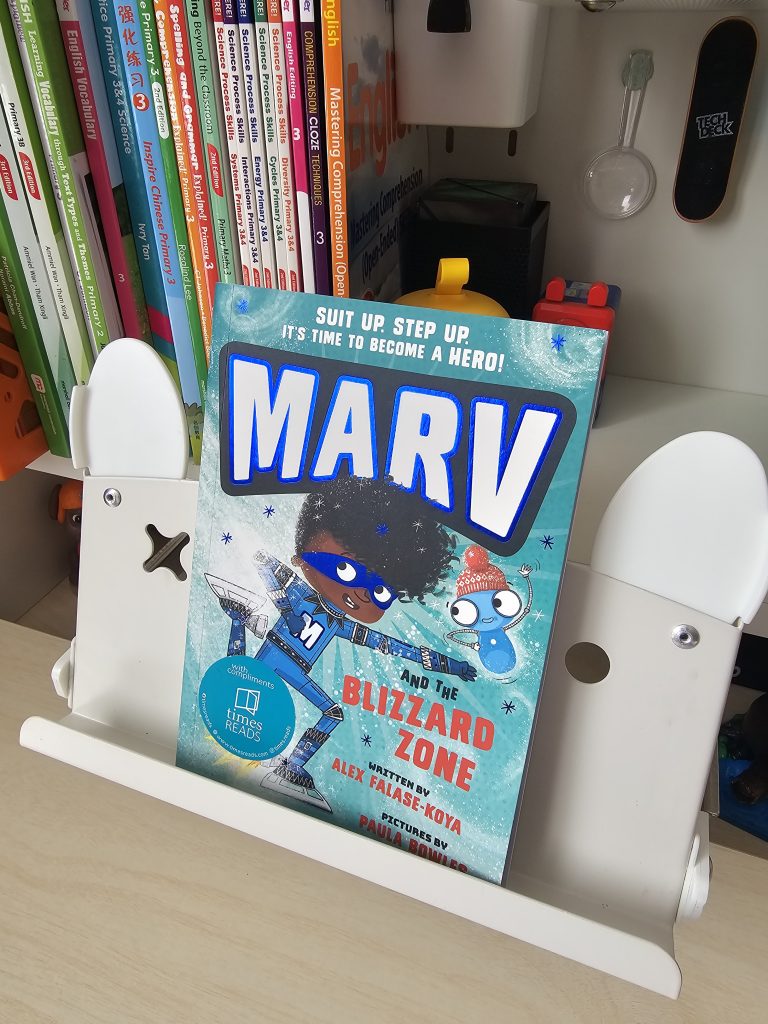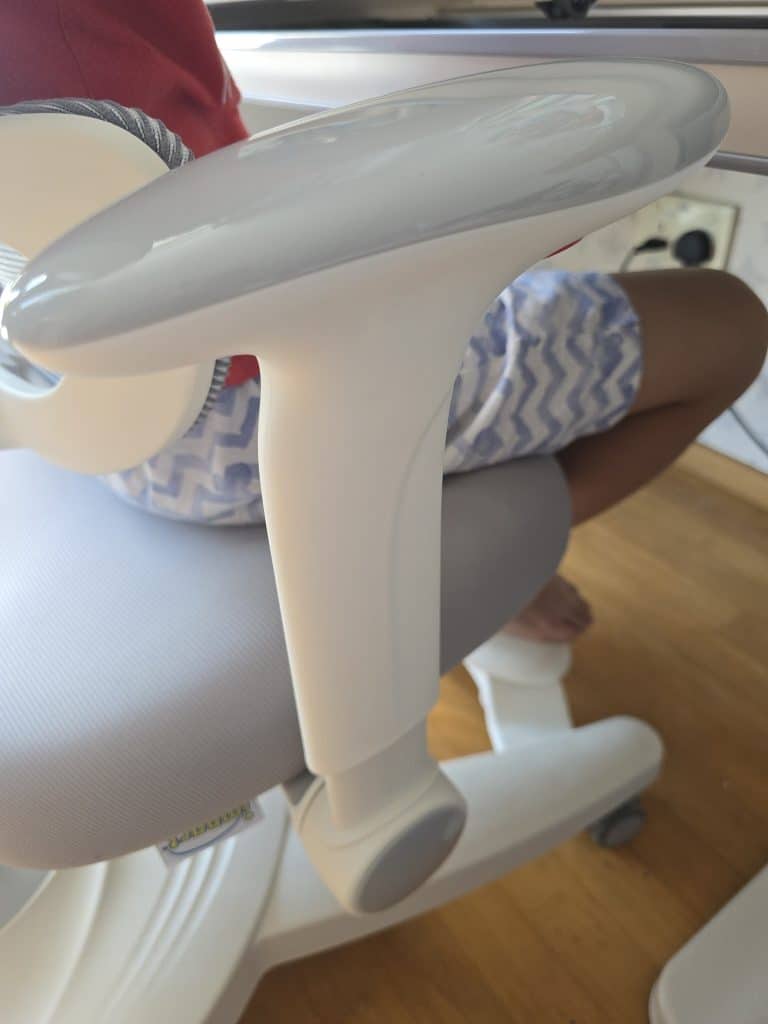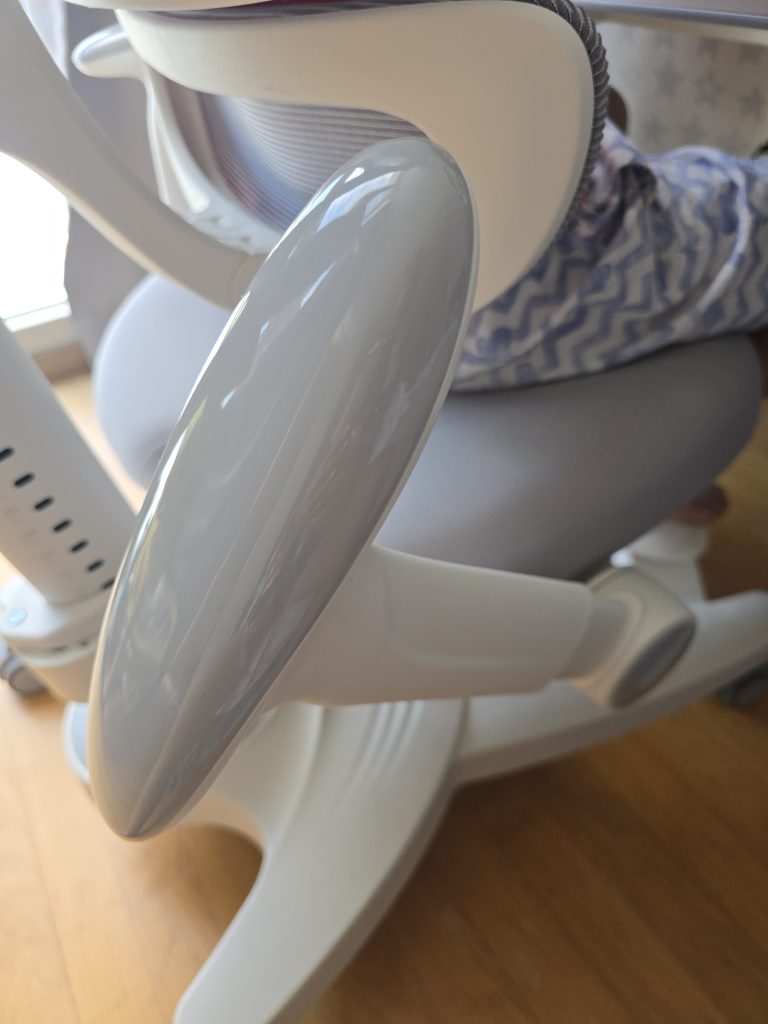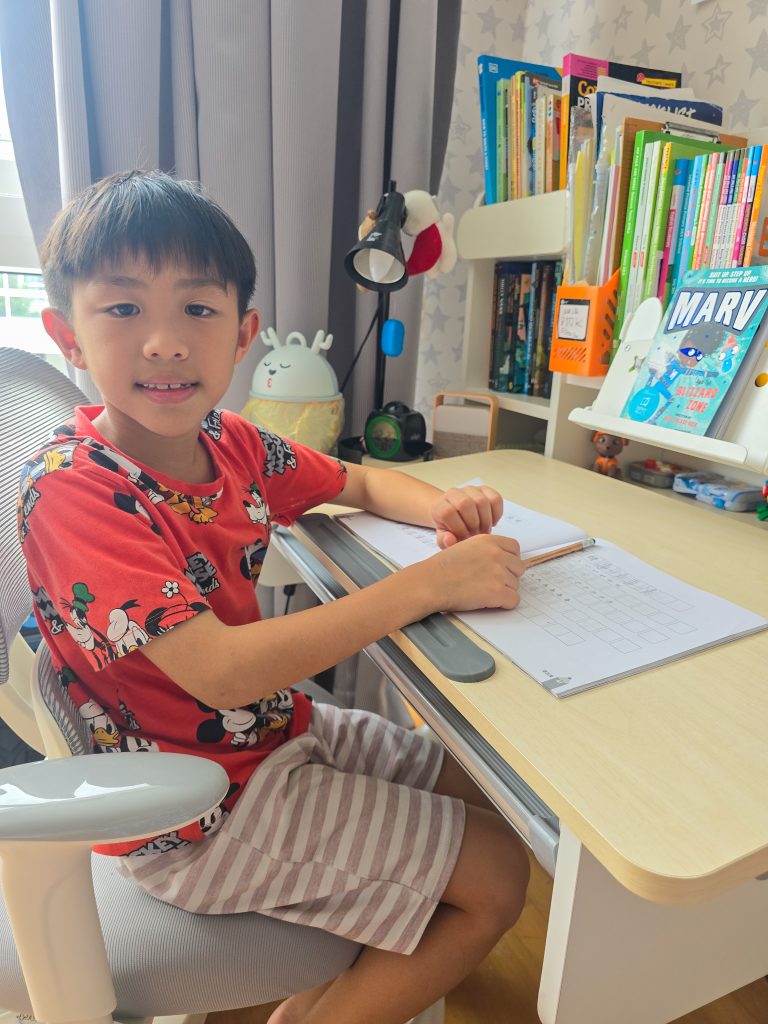Imagine living in a neighbourhood where quality education is just a stone’s throw away—a benefit that appeals not only to families but also to savvy real estate investors. In Singapore, properties located near top schools enjoy a distinct advantage, as they cater to the needs of a highly family-oriented market and offer undeniable investment potential.
Proximity to schools doesn’t just mean convenience for students and parents. It also creates opportunities for property buyers to secure assets that hold their value over time. For instance, choosing a condo for sale in Singapore that is near a prestigious educational institution not ensures not only practical benefits but also long-term appreciation in terms of real estate value.
This article delves into how access to quality educational institutions enhances real estate investments, making school-rich areas some of the most sought-after locations in Singapore. Whether you’re a seasoned investor or just entering the market, these insights can reshape your property-buying decisions.
1. Boosts Property Values
Homes near quality schools are often considered prime real estate, attracting significant attention from homebuyers and investors. These properties are seen as stable assets that tend to hold or even increase their value over time, regardless of market fluctuations. Families are willing to pay a premium to secure homes in areas that ensure their children easy access to schools, creating a strong demand that naturally drives up property prices.
This consistent demand extends beyond just local buyers. International investors and expatriates often target school-rich neighbourhoods as well—such as Bukit Timah, Holland Village, and Newton—recognising the value these properties bring, both as family homes and as long-term investments. With Singapore’s limited land supply and high competition for housing in desirable areas, properties near schools stand out as both strategic and lucrative investment options for buyers looking to secure a reliable asset.
2. Attracts Family-Oriented Buyers
In Singapore, where education is highly valued and the education system is fiercely competitive, finding a home near a reputable school is often a non-negotiable factor for many families. Parents are often willing to invest more to secure properties that place their children within the catchment areas of top educational institutions. This demand creates a vibrant market for homes in school-dense neighbourhoods, where convenience and access to quality education are highly prized.
What sets these buyers apart is their long-term outlook. Homes near schools are viewed as essential not only for their immediate benefits but also for their ability to support educational continuity across generations. Families often plan their moves with their children’s entire academic journey in mind, from primary to secondary school and beyond. This long-term perspective ensures that properties in school-dense areas remain in high demand, making such properties attractive to both buyers and investors.
3. Creates Long-Term Demand
Properties, especially those near well-regarded schools in Singapore, consistently attract strong interest, not just from families but also from investors looking for stable, high-yield assets. The demand for housing in areas like Bishan, Bukit Timah, and Marine Parade remains steady year after year, as these districts are home to some of the country’s most sought-after educational institutions. Unlike other investment trends that fluctuate with market cycles, the need for housing in these prime education zones is driven by a continuous stream of new students and relocating families.
This cycle of demand ensures that homes in such locations rarely stay on the market for long. Parents planning for their children’s future often buy years in advance to secure a spot within coveted school catchment areas, creating sustained property interest. Additionally, expatriates and overseas buyers frequently target these neighbourhoods to provide their children with access to Singapore’s renowned international and local schools. This persistent appeal makes properties near top schools not just a smart purchase but also a long-term investment that holds its value across generations.
4. Enhanes Rental Opportunities
Beyond their appeal to homebuyers, properties near reputable schools also present lucrative rental opportunities. Many expatriate families relocating to the Lion City prioritise housing in districts with access to top international and local schools, creating a steady demand for rental properties in these areas. Neighbourhoods like Orchard, Holland Village, and Novena attract tenants who are willing to pay a premium for convenience and quality education.
Furthermore, local tenants also drive demand. Some families may be waiting for a chance to purchase a home in a preferred school zone and strategically rent in the area to qualify for placement in high-ranking schools before committing to a long-term property investment. Others may simply prefer to rent while their children attend school in the neighbourhood. As a result, landlords in these education-centric districts often experience lower vacancy rates and stable rental yields, making these properties a reliable source of income in Singapore’s competitive real estate market.
5. Adds Lifestyle Appeal
Proximity to top schools offers more than just academic advantages—it also enhances overall quality of life. Many of Singapore’s premier education hubs, such as those in Marine Parade, East Coast, and Bishan, are surrounded by a wealth of amenities that cater to families. From lush parks and family-friendly cafes to enrichment centres and sports facilities, these neighbourhoods provide a well-rounded living environment that goes beyond education alone.
For parents, the convenience of having schools, recreational spaces, and essential services within close reach makes daily life significantly easier. Children benefit from shorter commutes, allowing them more time for extracurricular activities or simply to unwind at home. Additionally, these areas often foster a close-knit community where families can connect through school events and shared activities, further enhancing their desirability.
In Singapore’s competitive real estate market, proximity to quality schools plays a crucial role in driving property demand and value appreciation. Families prioritise accessibility to educational institutions, making homes near schools highly desirable. For investors, this often means stable rental demand, lower vacancy rates, and strong capital growth potential over a period of time. Ultimately, school access is not just a convenience, but it is, more so, a strategic advantage for homebuyers and real estate investors seeking sustained future returns.
Share the article






